Some AirPods Pro 3 Owners Complain About Static Noise
Some AirPods Pro 3 owners have been experiencing a problem with a static-like sound when Active Noise Cancellation is on but no media is playing, according to complaints on Reddit and the MacRumors forums.
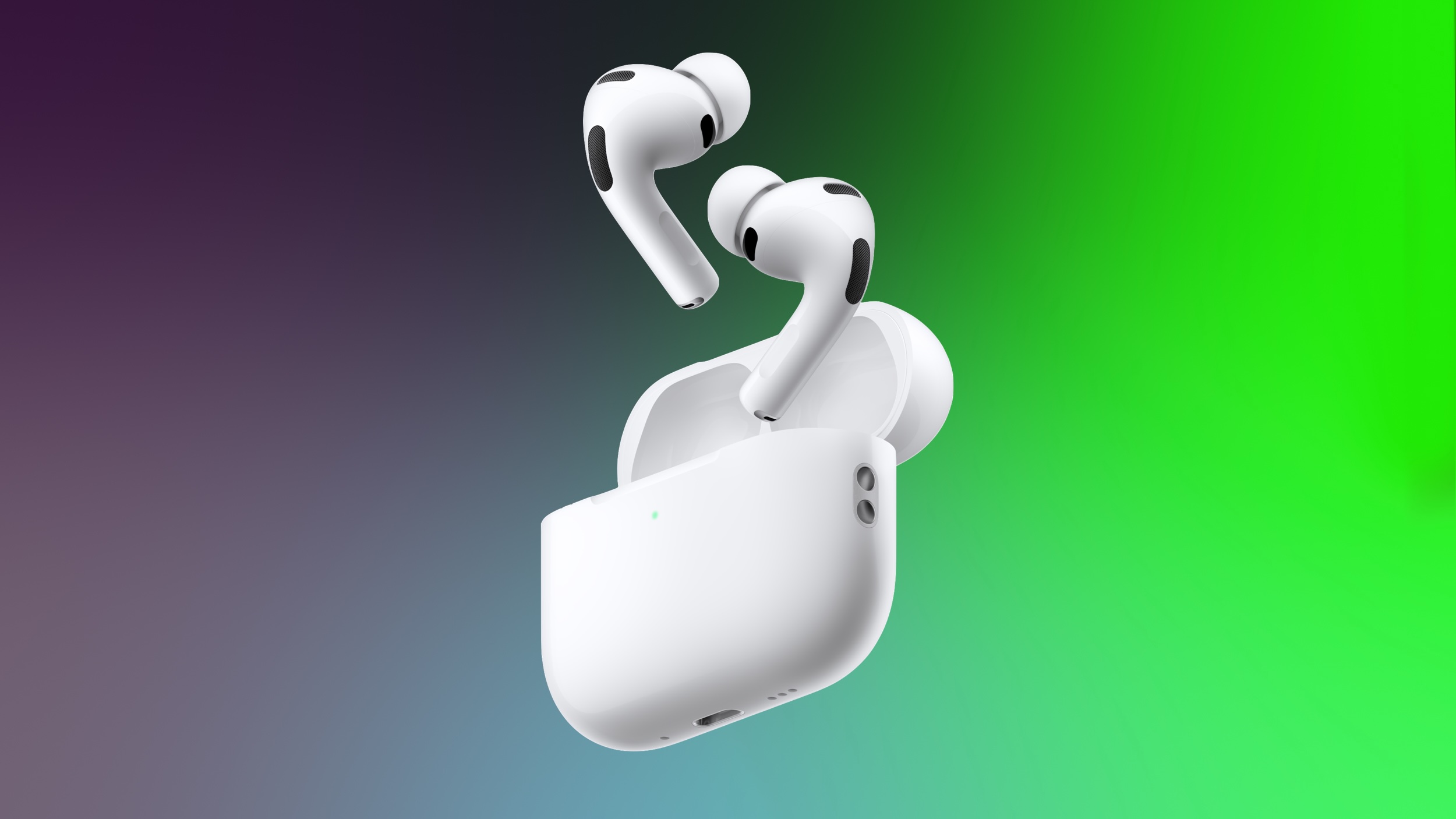
Those who are affected have described the noise as static, an audible hiss, white noise, rain, and an ocean-like sound similar to holding a seashell up to the ear. There have been reports of users hearing the static sound in ANC, Adaptive, and Transparency modes. From MacRumors reader ugh:
From xJohnyxx:
From rolan2q:
Some users say the static is worse in one AirPod than the other, and others suggest that high frequencies also seem to be oddly amplified. Music mitigates the problem for some users, but not others. From EdRecde on Reddit:
Not all AirPods Pro 3 units seem to be affected, and there are people who appear to be experiencing no issue at all. Some users may also be less sensitive to any kind of ambient static sound.
One user who reported the issue to Apple received replacement AirPods, and other people have exchanged the AirPods Pro 3 but experienced the same issue with the replacement pair. One user said that Apple is directing store employees to exchange the AirPods Pro 3 for users who report static issues.
It's not clear if the static that people are hearing is related to hardware or software, but if it is a software issue, Apple could address it in future firmware updates. The only option for eliminating the static entirely appears to be turning ANC and Transparency off, which can be done in the Settings app when wearing the AirPods.
This article, "Some AirPods Pro 3 Owners Complain About Static Noise" first appeared on MacRumors.com
Discuss this article in our forums

Those who are affected have described the noise as static, an audible hiss, white noise, rain, and an ocean-like sound similar to holding a seashell up to the ear. There have been reports of users hearing the static sound in ANC, Adaptive, and Transparency modes. From MacRumors reader ugh:
It's very strange, I would think it's defective, but it's on both ears?? You can switch ANC from on to off, clearly ANC is quieting down the lower frequencies, but the higher frequencies seem to actually get LOUDER in a quiet room when turning ANC on. It just sounds like I have a small fan on in the room all the time (I do not).
From xJohnyxx:
Very pronounced in mine but only in Transparency/Adaptive mode. And only, or at least way more pronounced, in the right one. Had absolutely zero static noise with APP2. Will be returning since I also don't quite like the new sound profile and they are less comfortable for me.
From rolan2q:
OMG after one week of ownership I had to exchange my AirPods Pro 3. During a flight from NYC to Chicago I had a whistling/wind noise on my right Airpod the whole time. I reset, repaired, cleaned them and same thing. Hopefully this is not a widespread issue.
Some users say the static is worse in one AirPod than the other, and others suggest that high frequencies also seem to be oddly amplified. Music mitigates the problem for some users, but not others. From EdRecde on Reddit:
I have the same problem. It's not possible to hear music at a low level around 30 db because the static is too much. It's my first pair of AirPods so I can't compare but only switching the microphones off makes the headphones silent
Not all AirPods Pro 3 units seem to be affected, and there are people who appear to be experiencing no issue at all. Some users may also be less sensitive to any kind of ambient static sound.
One user who reported the issue to Apple received replacement AirPods, and other people have exchanged the AirPods Pro 3 but experienced the same issue with the replacement pair. One user said that Apple is directing store employees to exchange the AirPods Pro 3 for users who report static issues.
It's not clear if the static that people are hearing is related to hardware or software, but if it is a software issue, Apple could address it in future firmware updates. The only option for eliminating the static entirely appears to be turning ANC and Transparency off, which can be done in the Settings app when wearing the AirPods.
This article, "Some AirPods Pro 3 Owners Complain About Static Noise" first appeared on MacRumors.com
Discuss this article in our forums
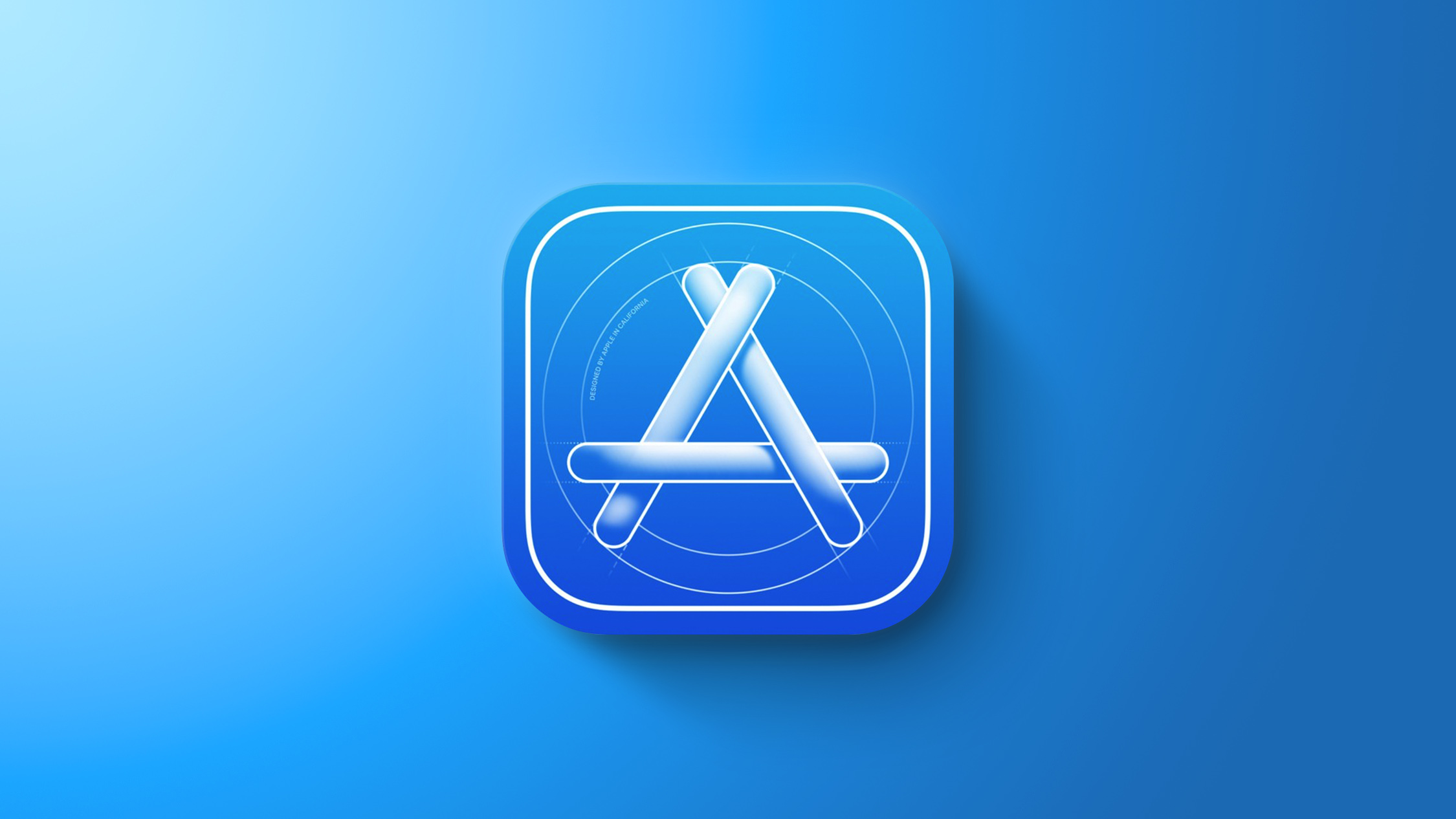
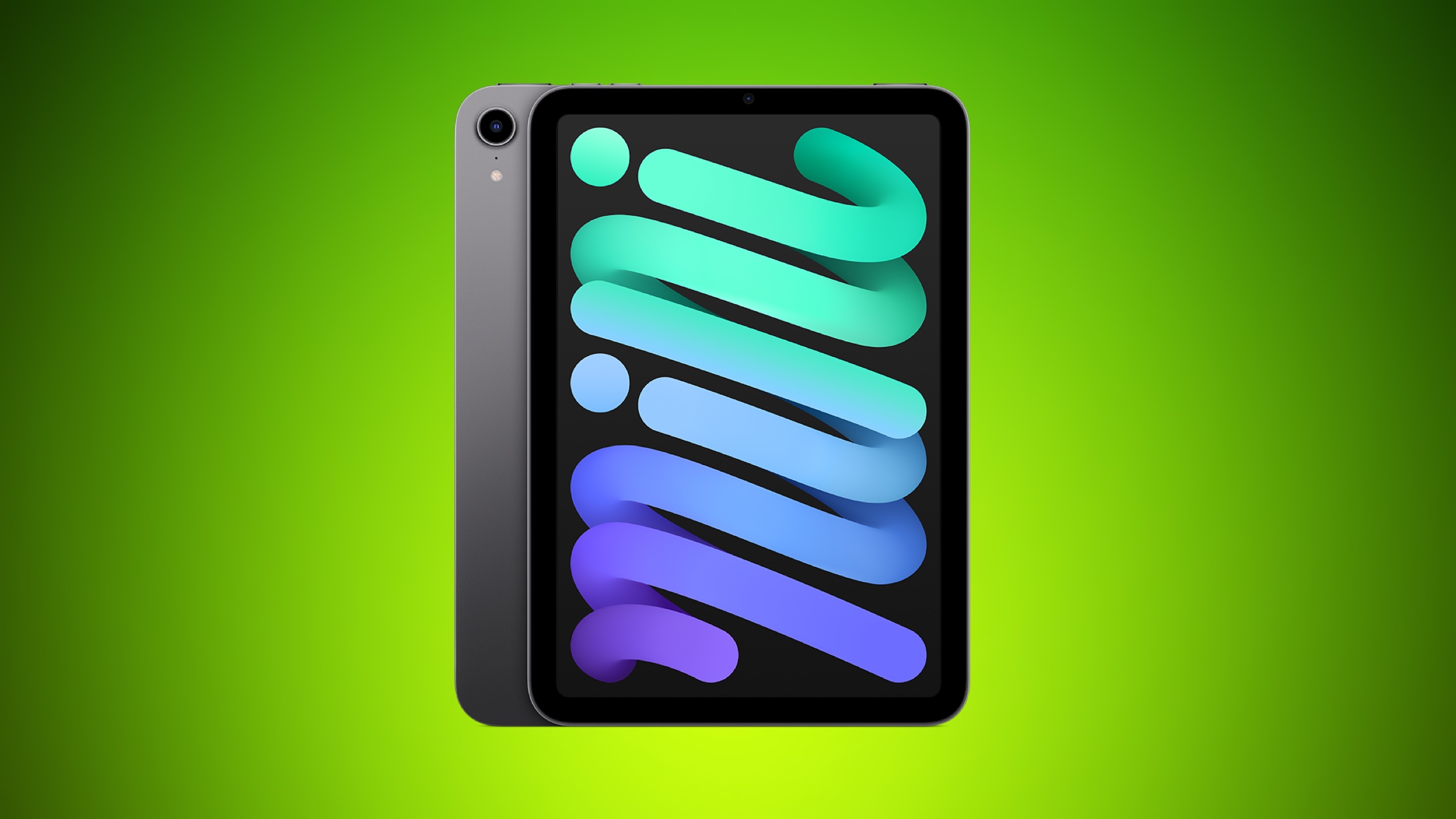
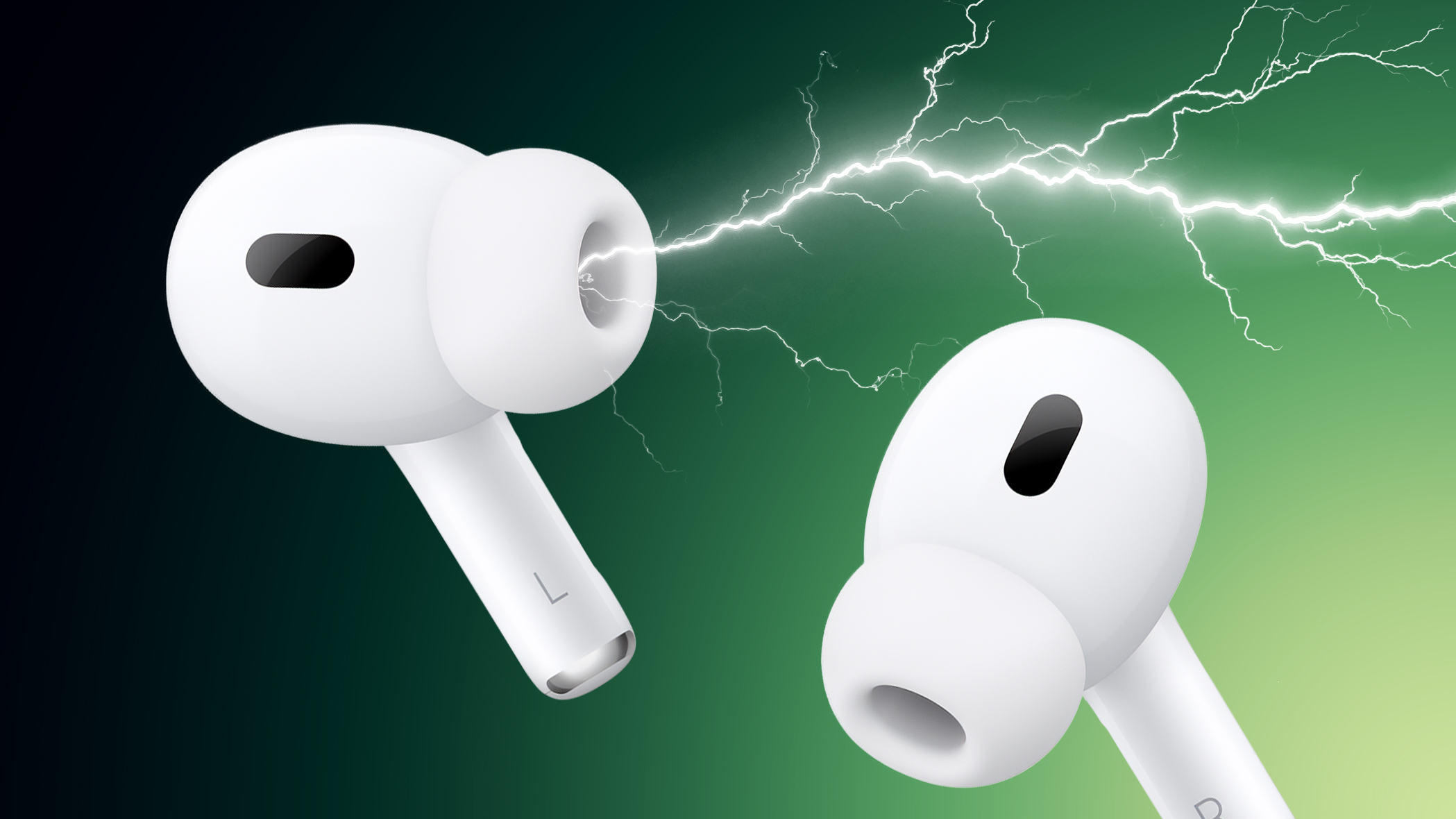
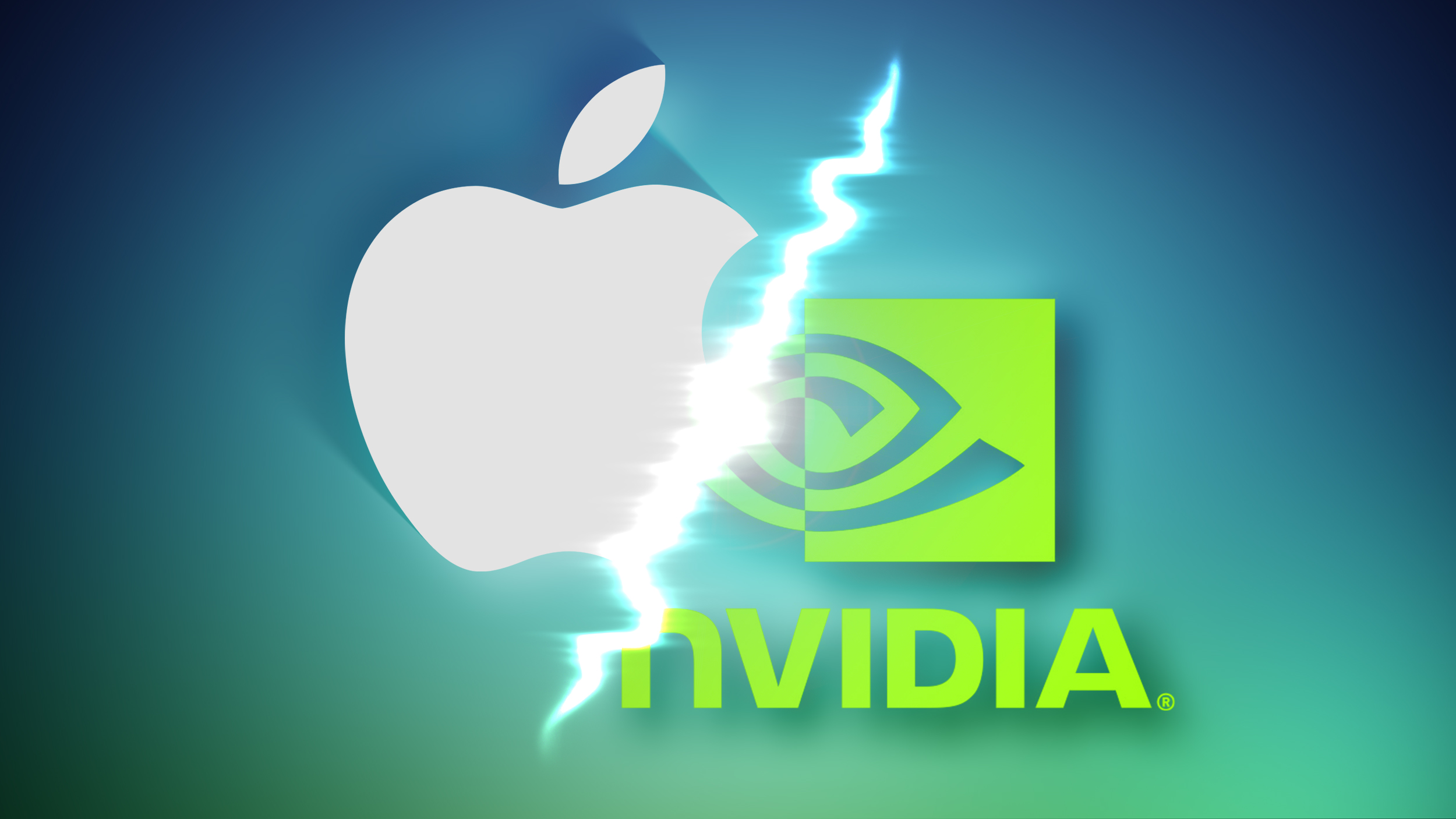
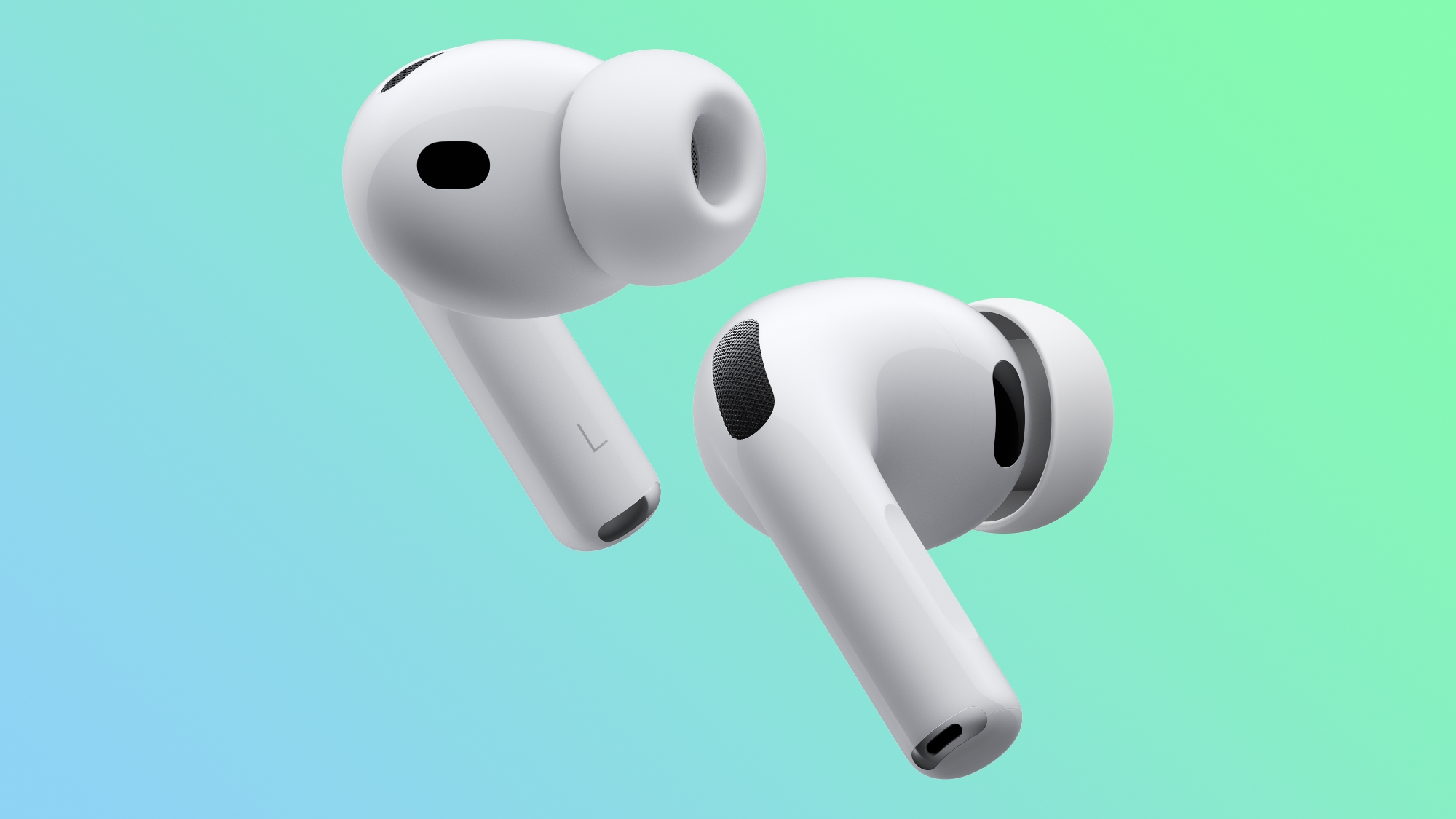
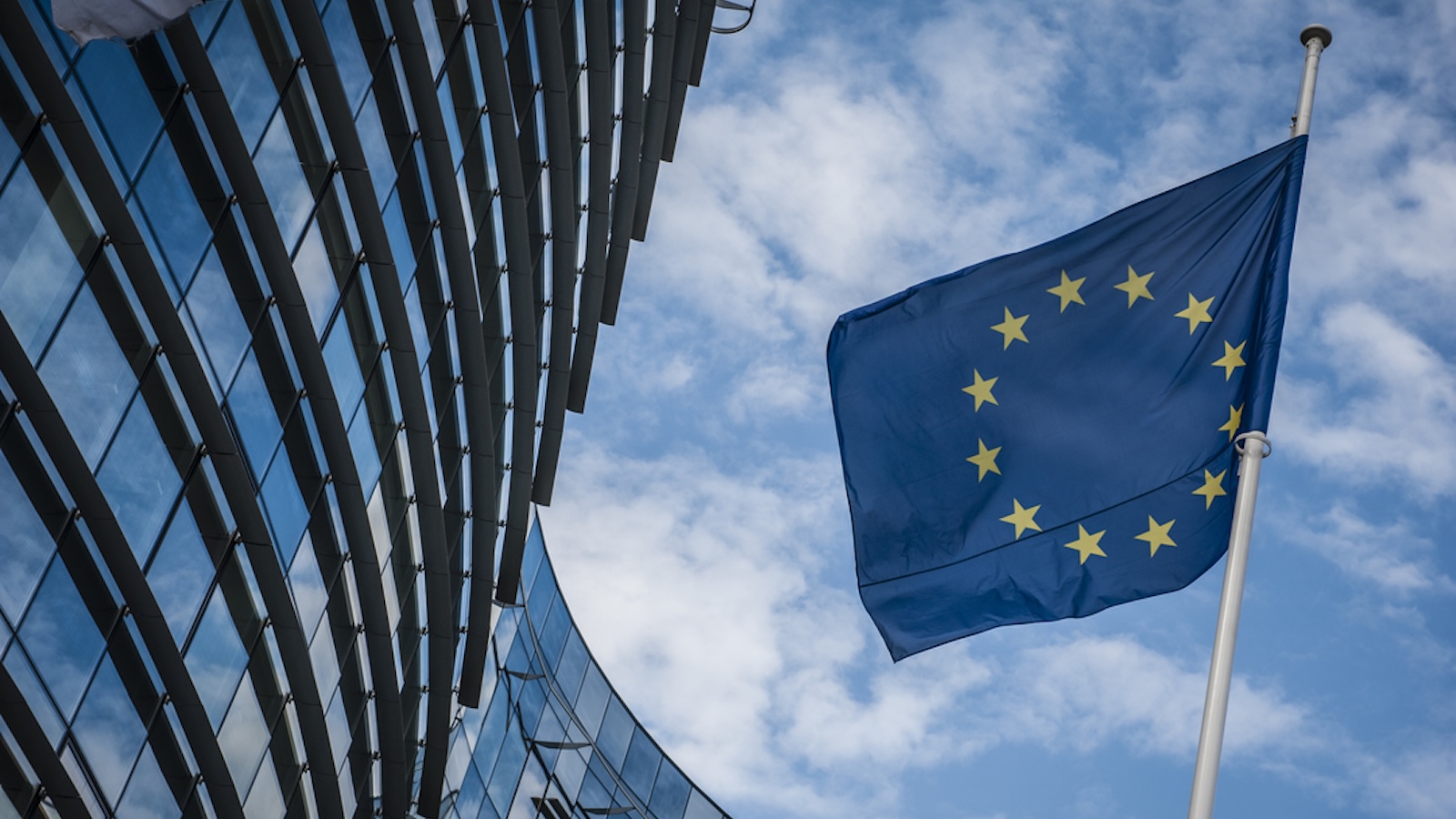
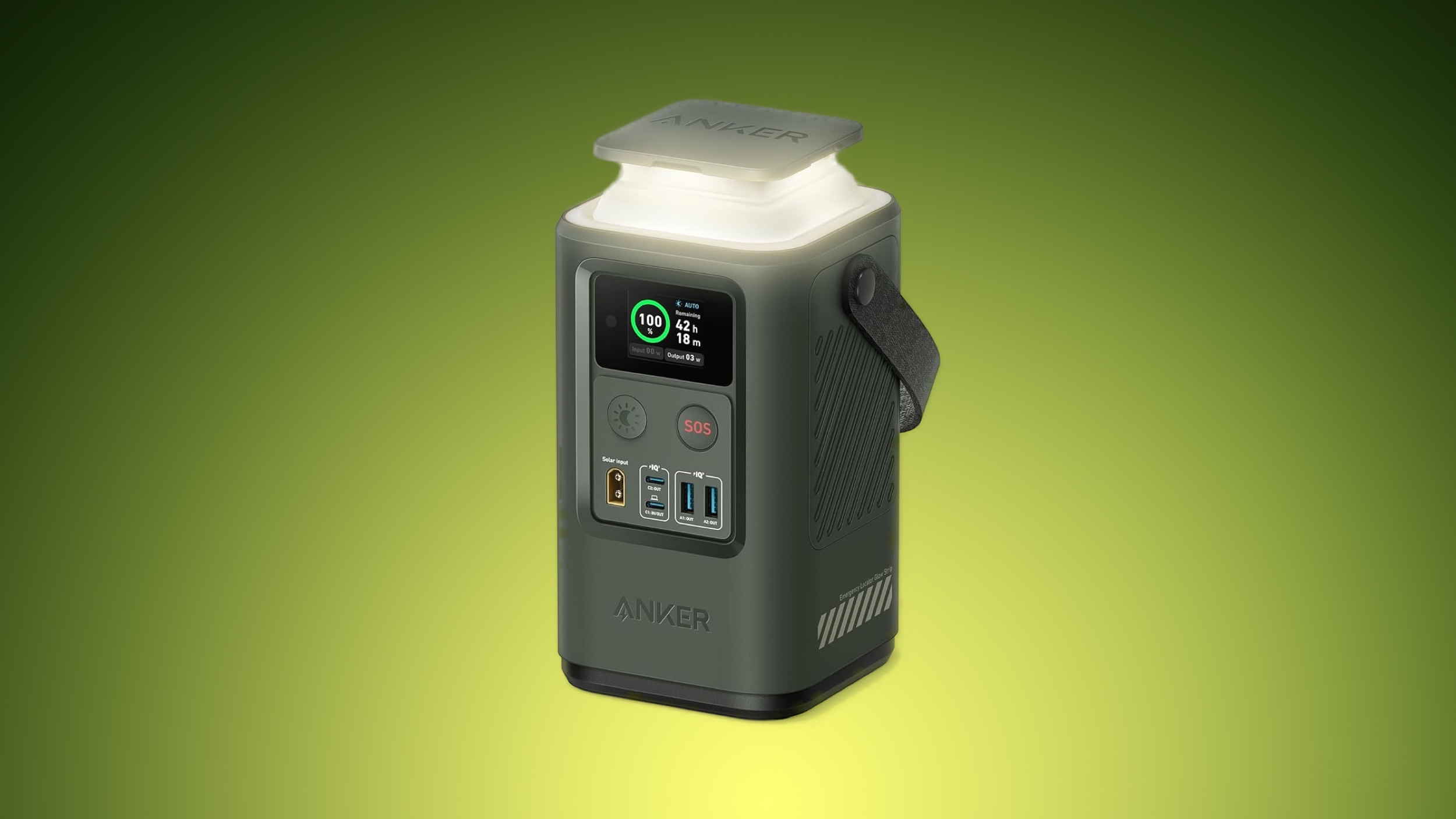 Note: MacRumors is an affiliate partner with Anker. When you click a link and make a purchase, we may receive a small payment, which helps us keep the site running.
Note: MacRumors is an affiliate partner with Anker. When you click a link and make a purchase, we may receive a small payment, which helps us keep the site running.
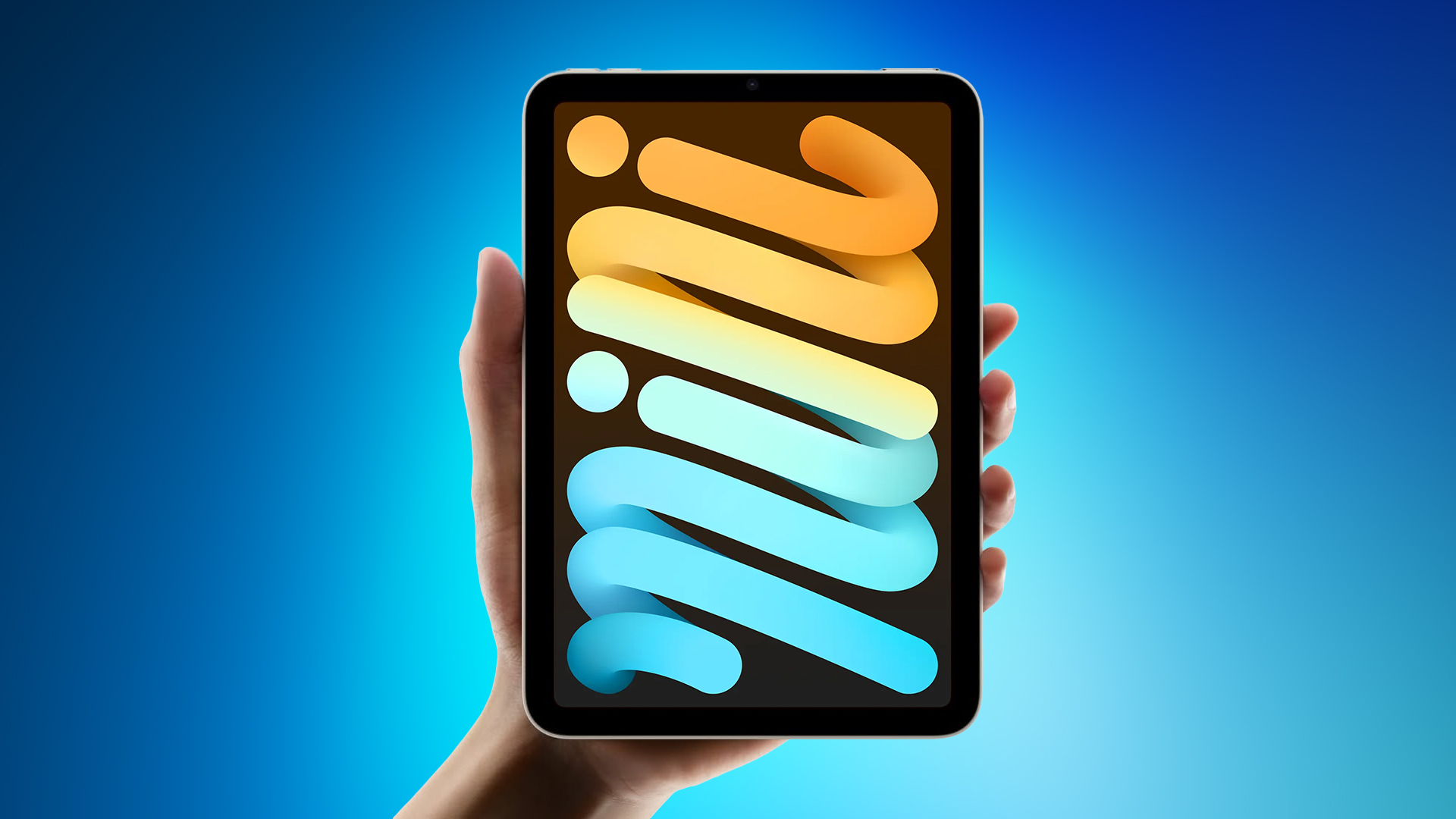
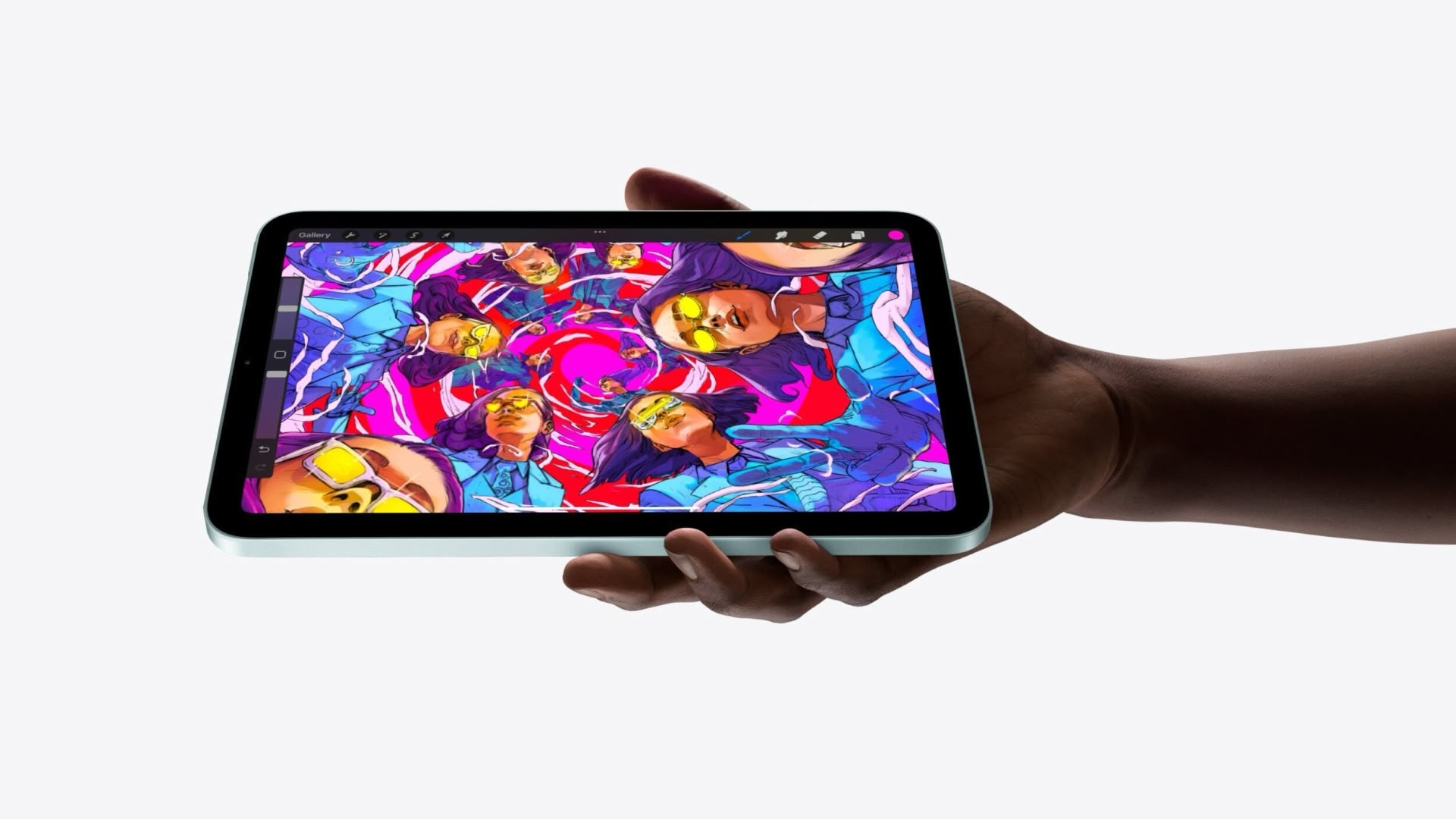
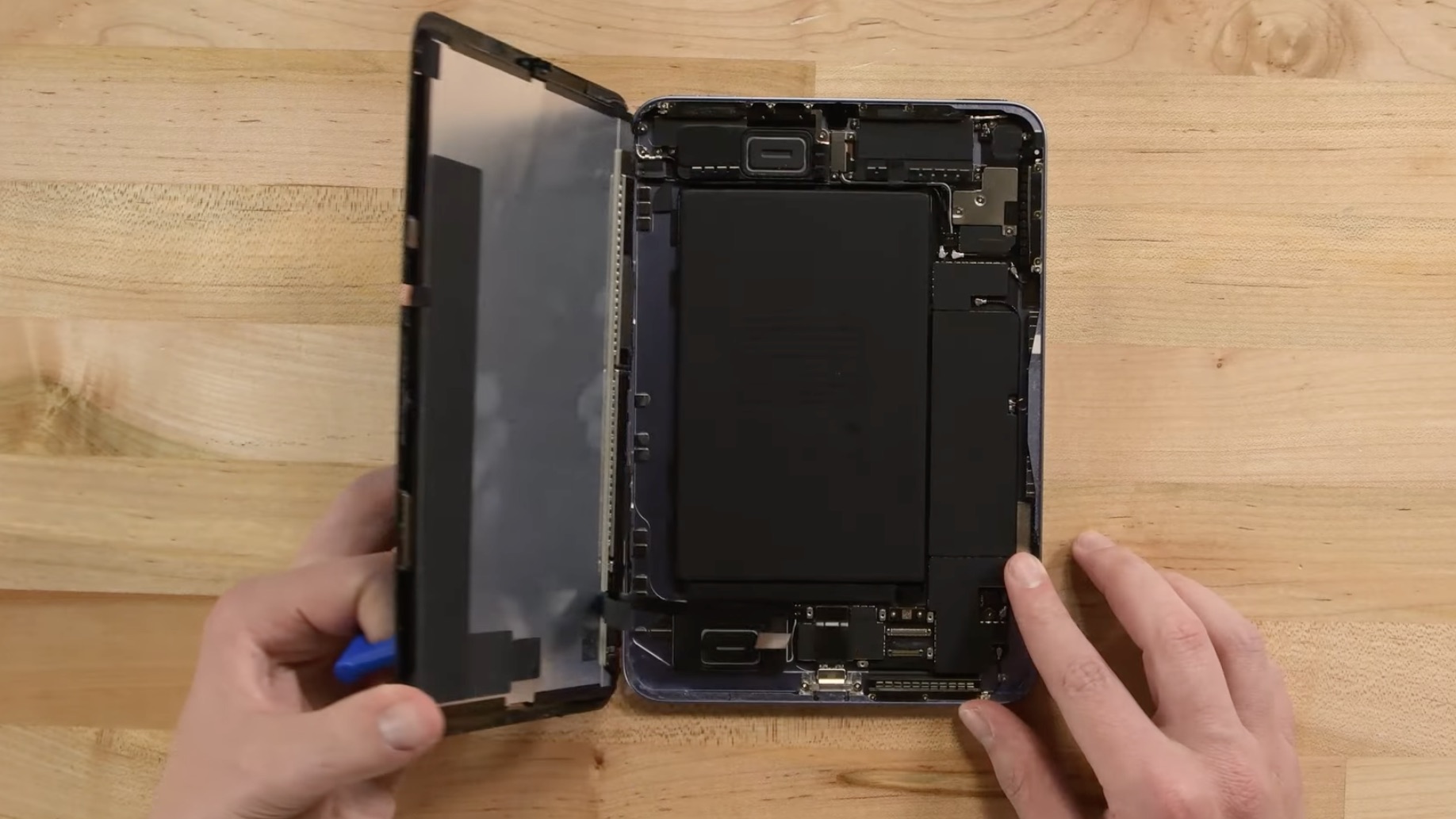
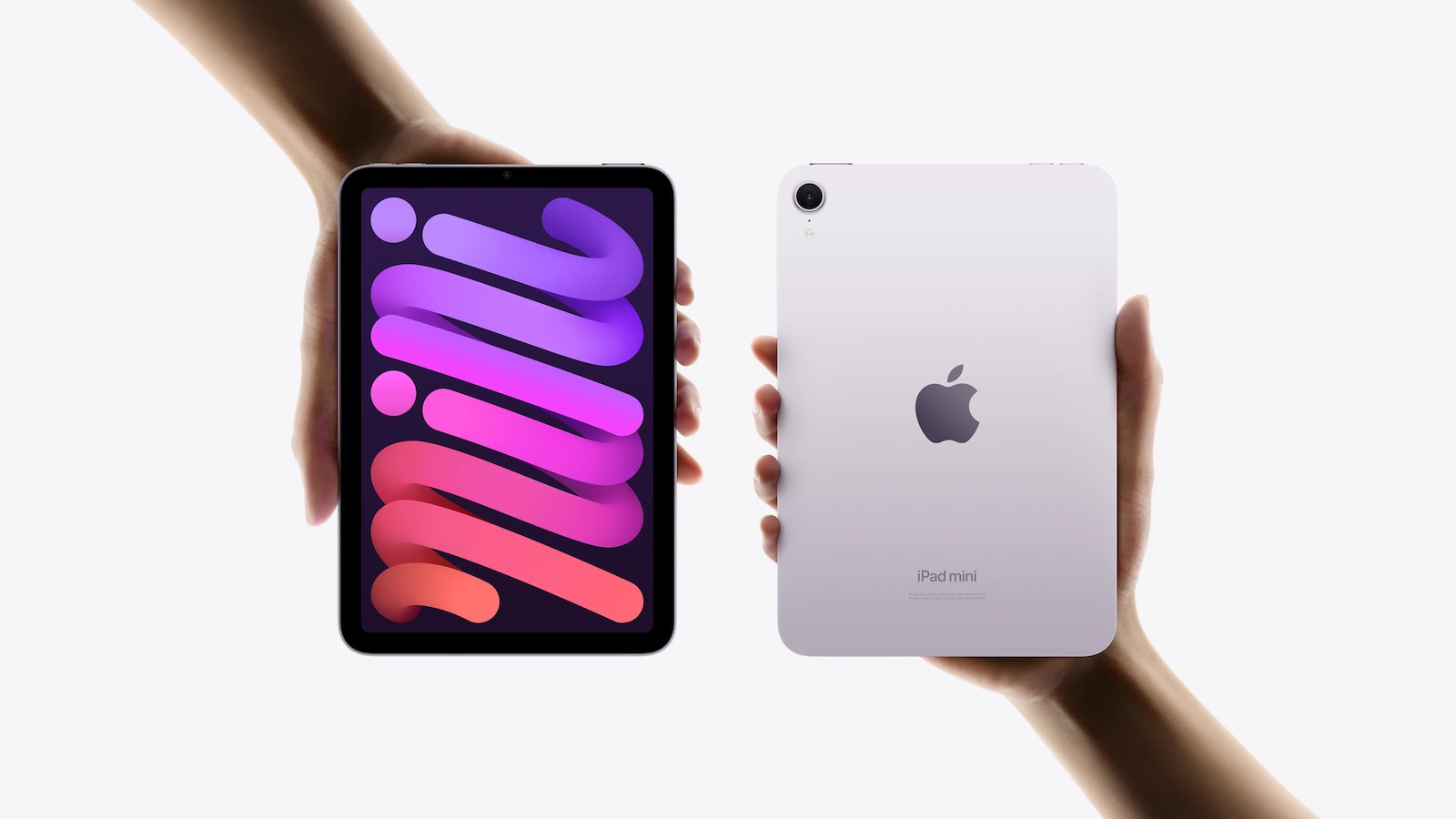
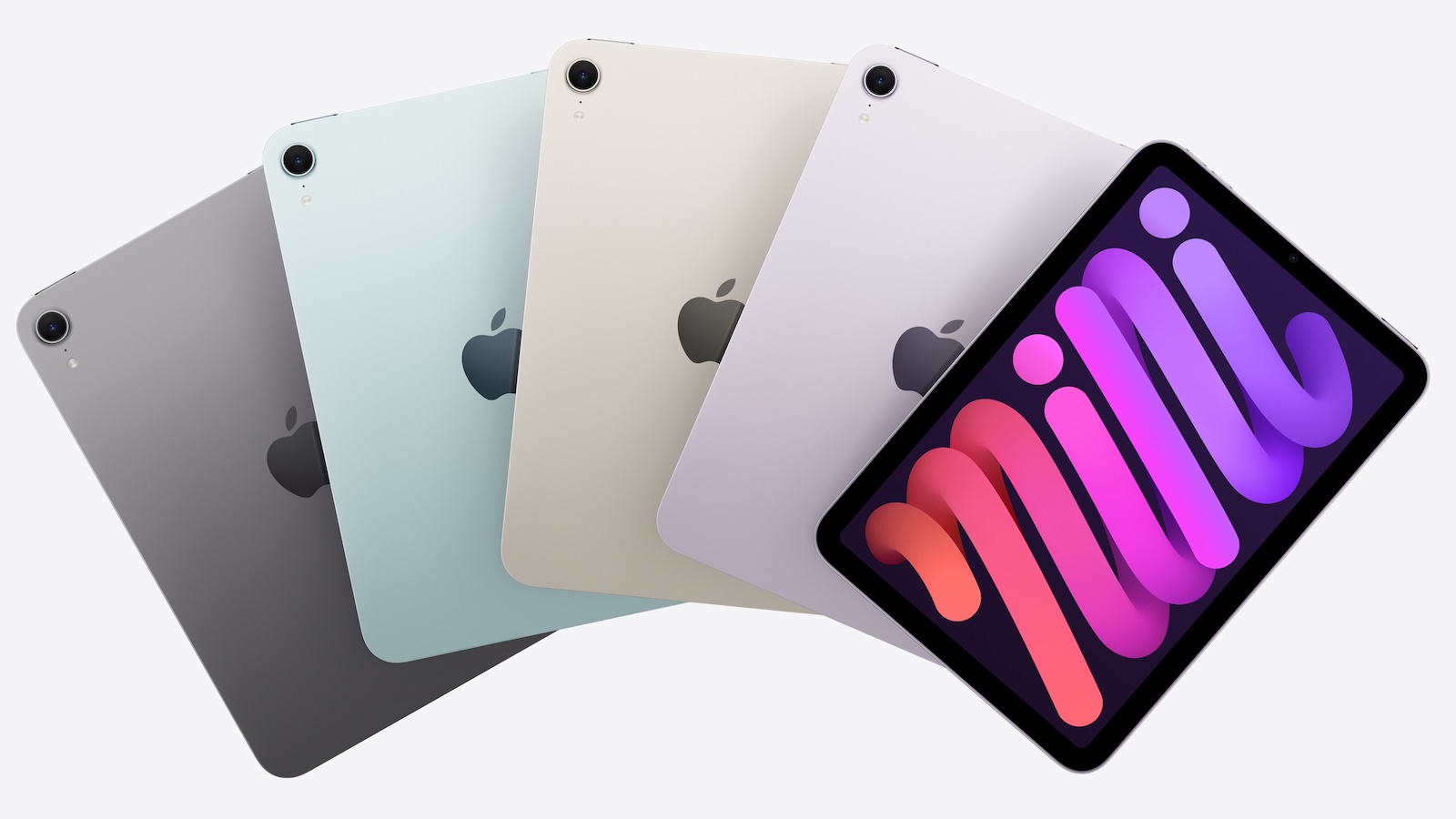
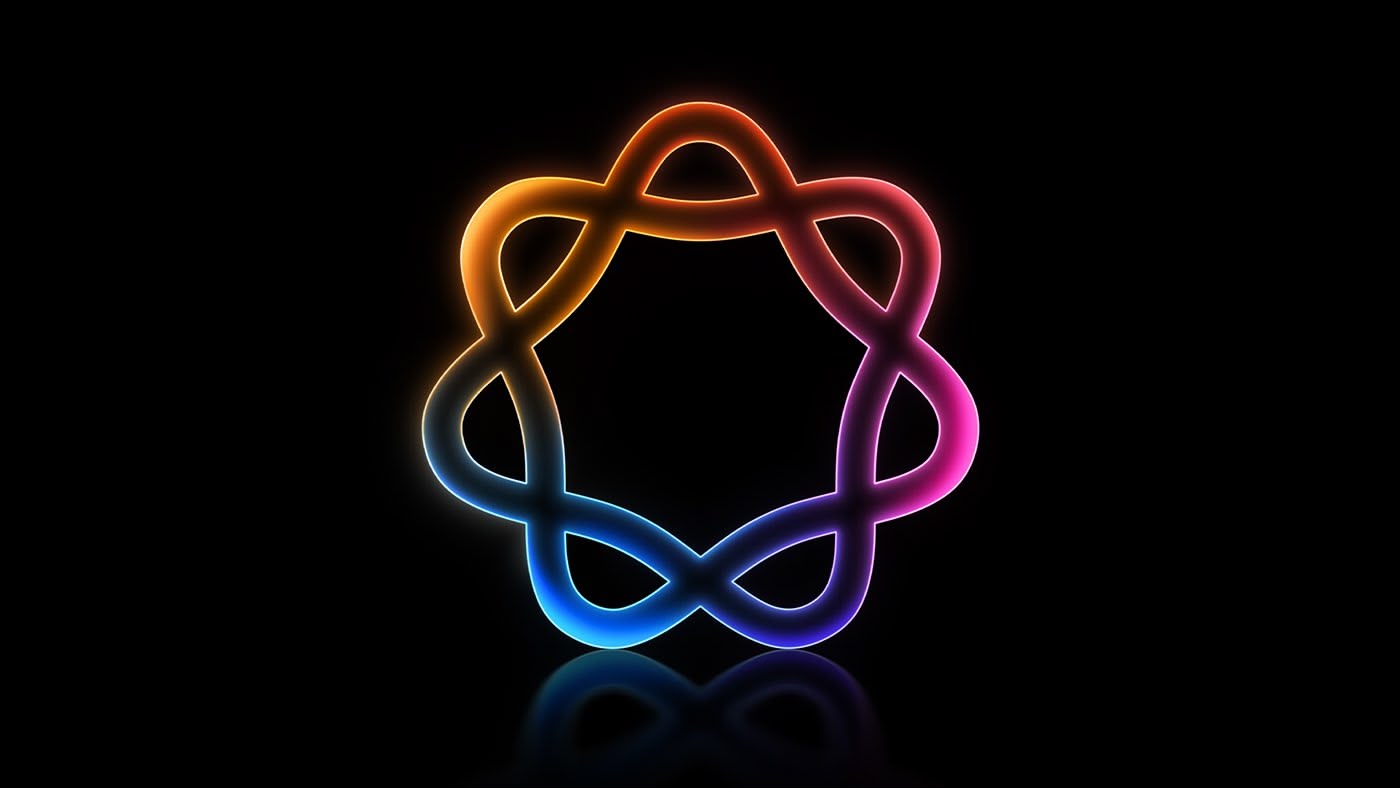

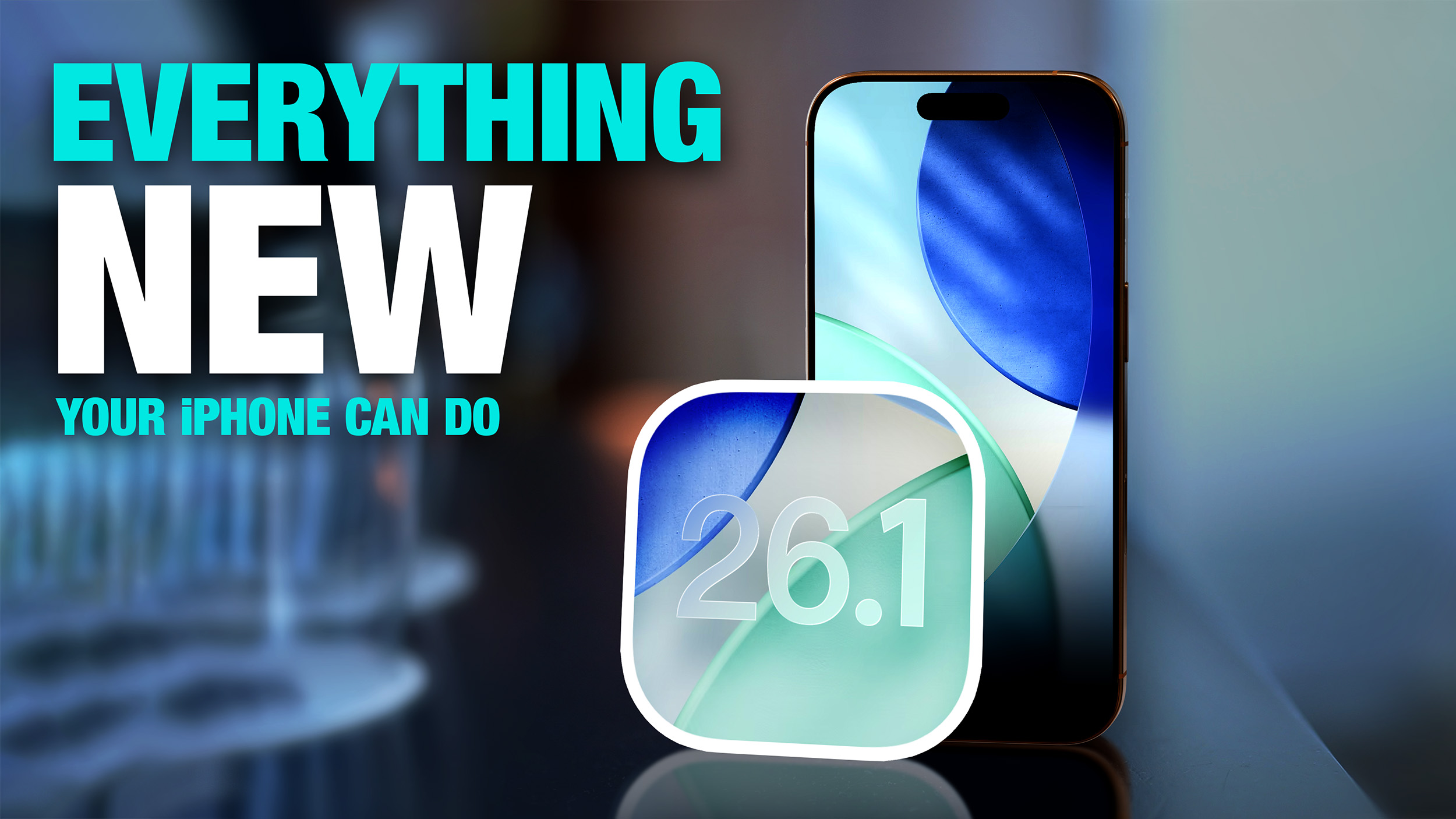
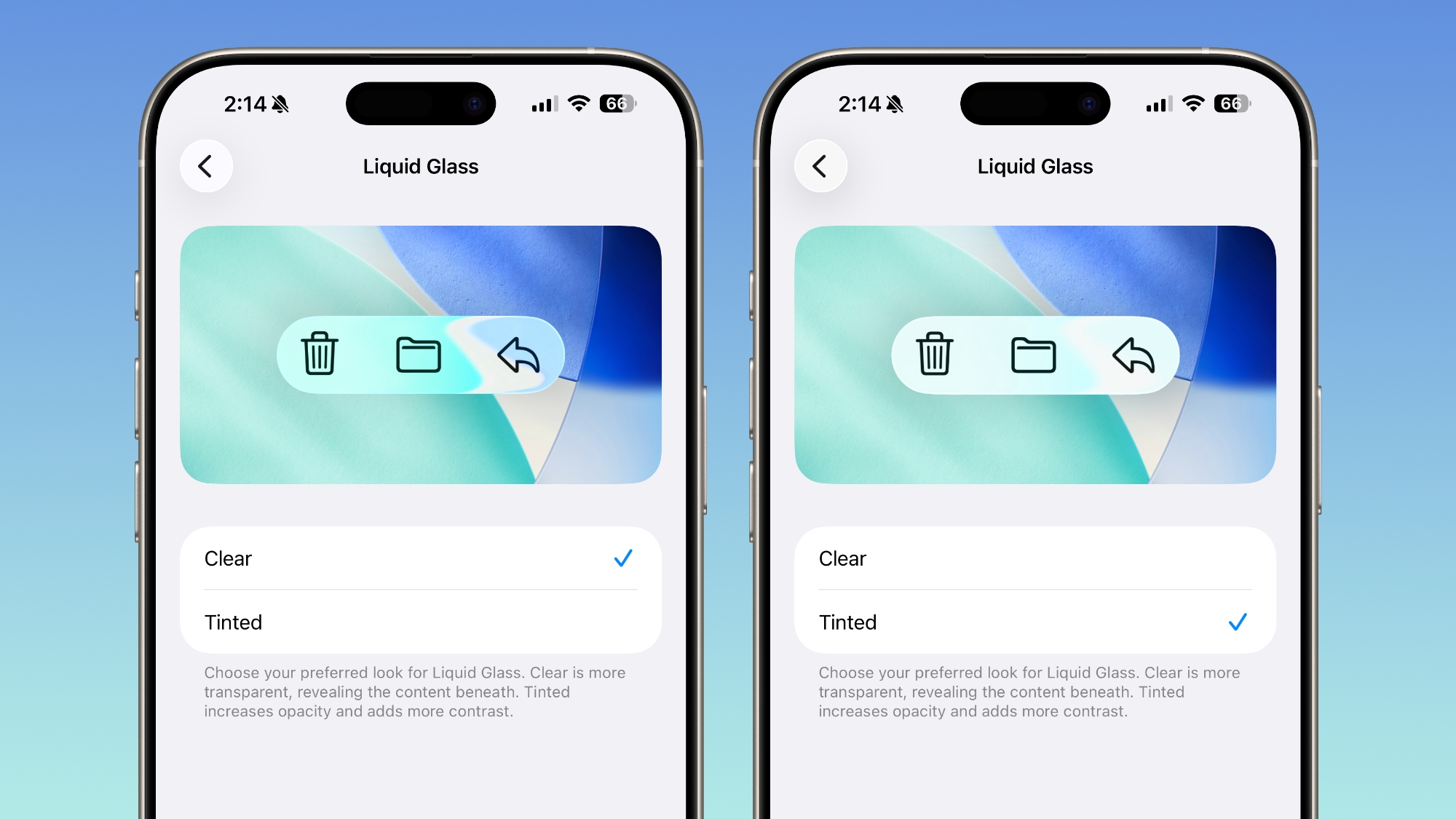
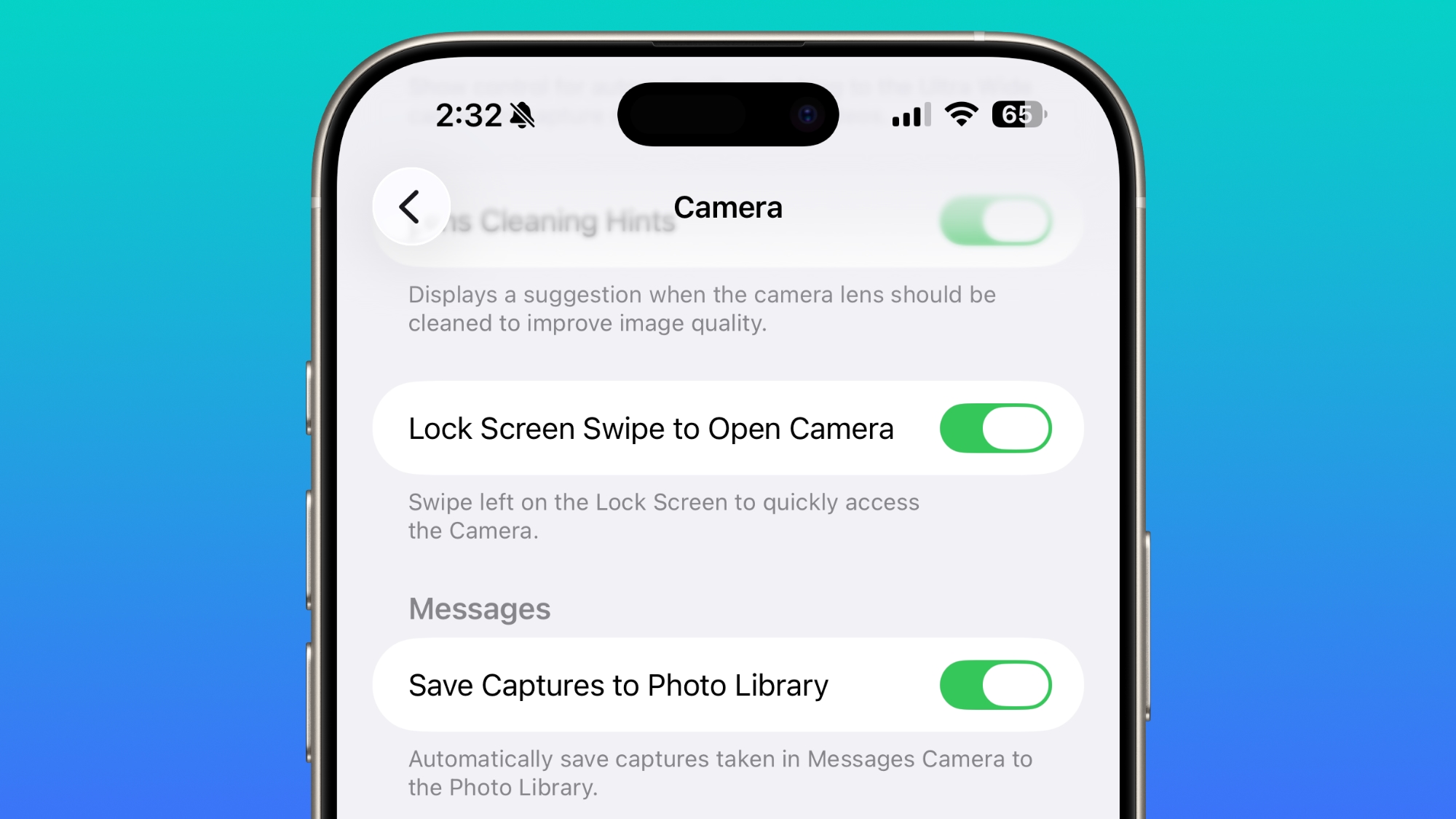
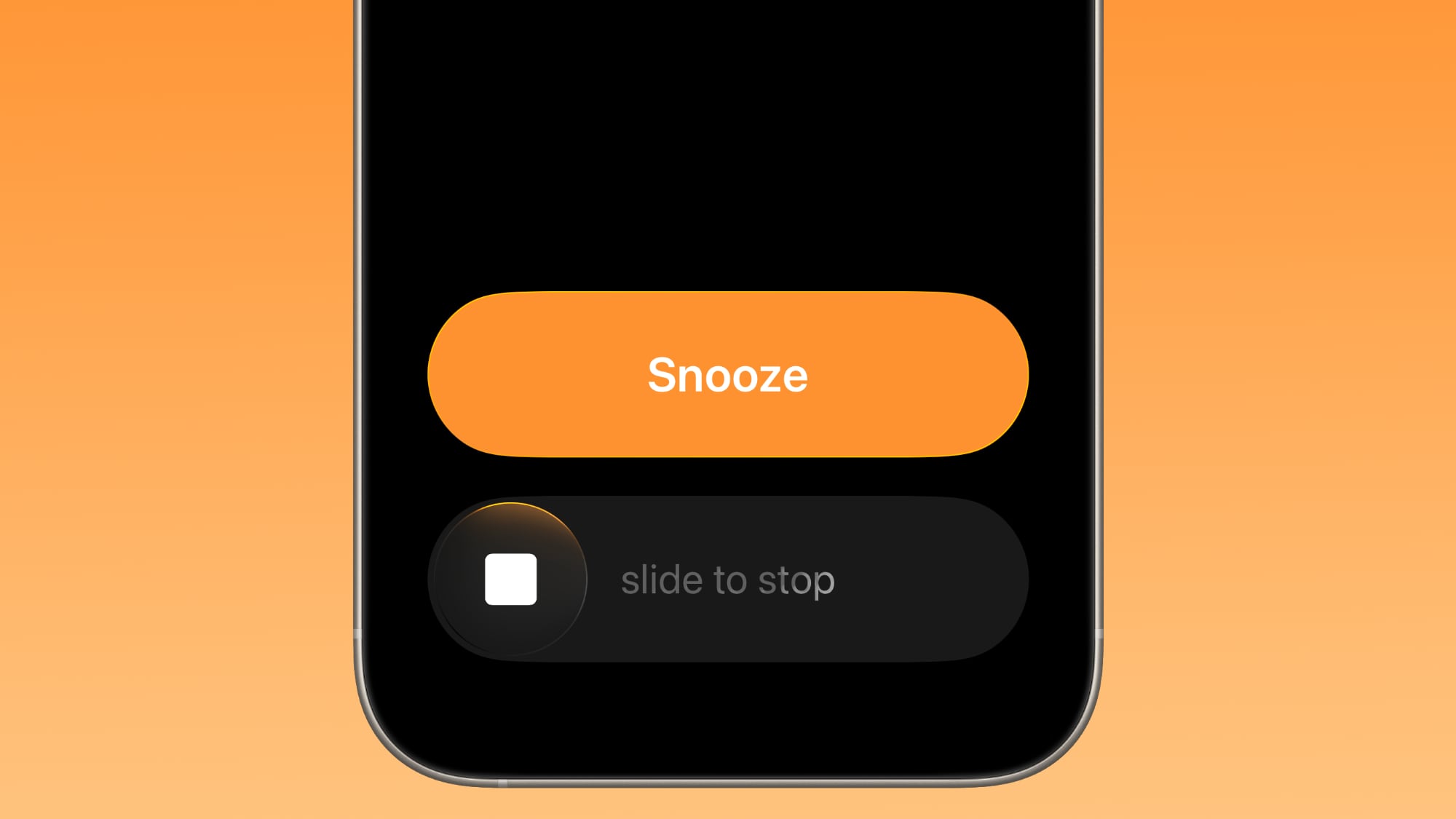
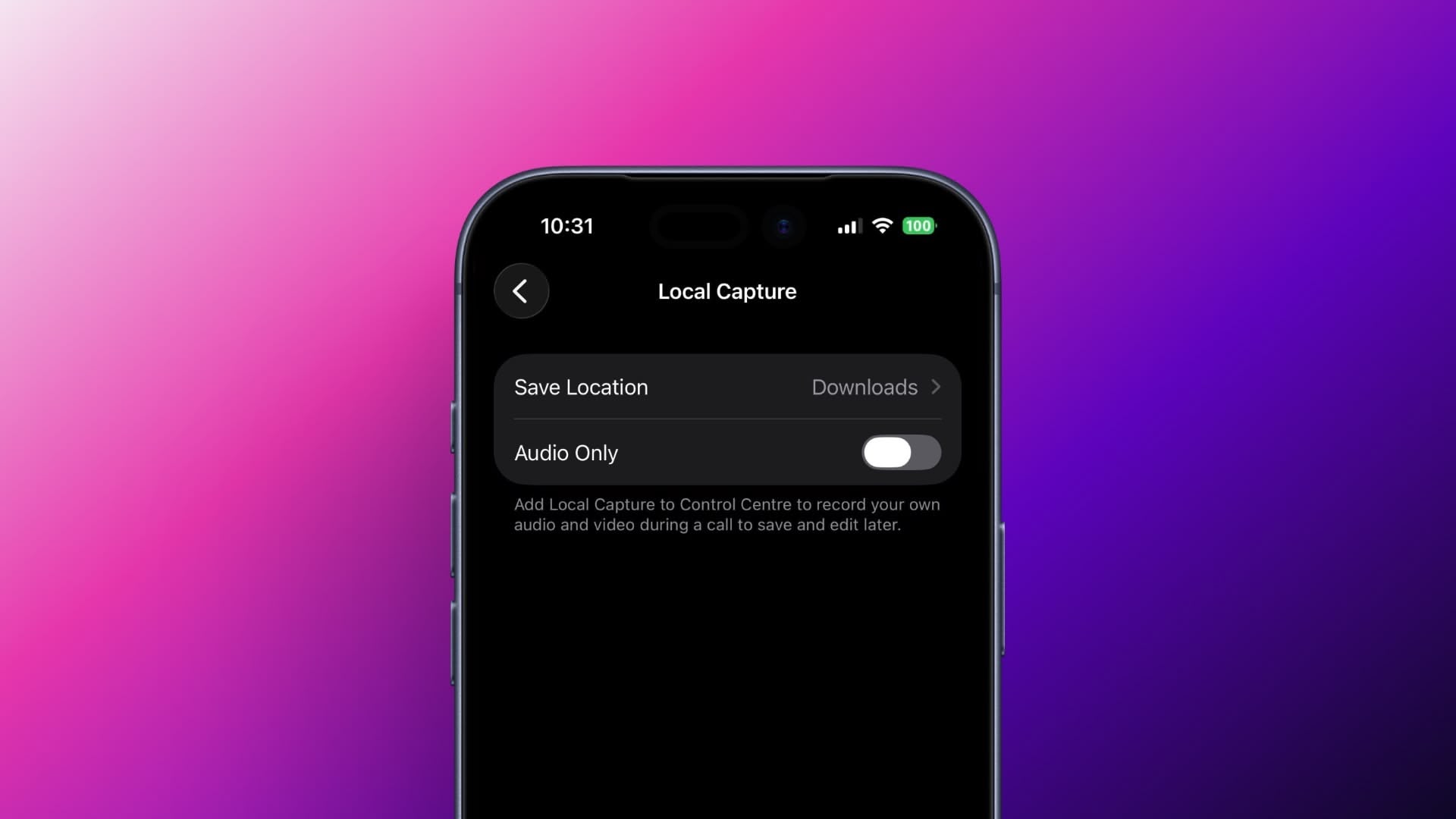
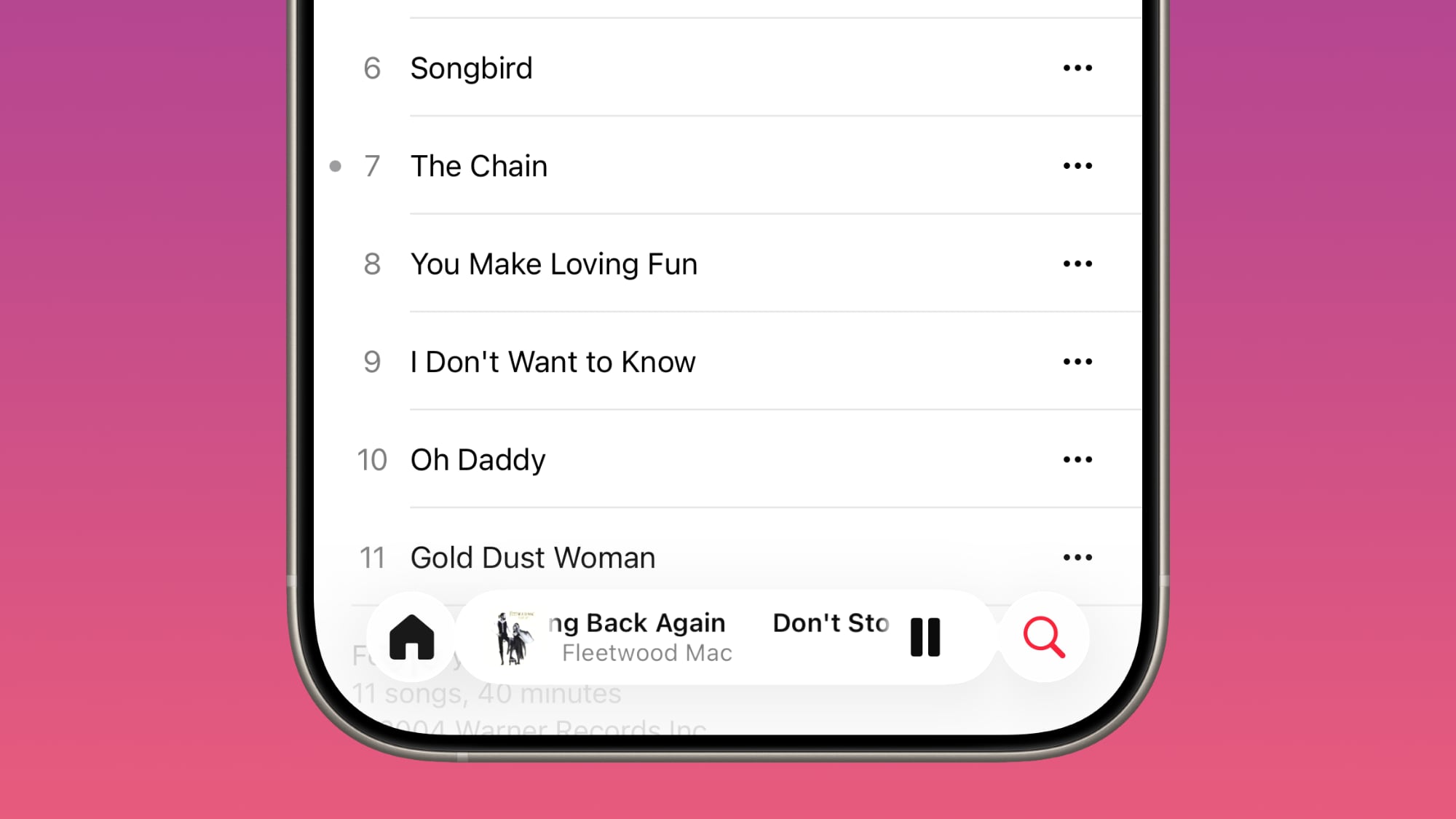
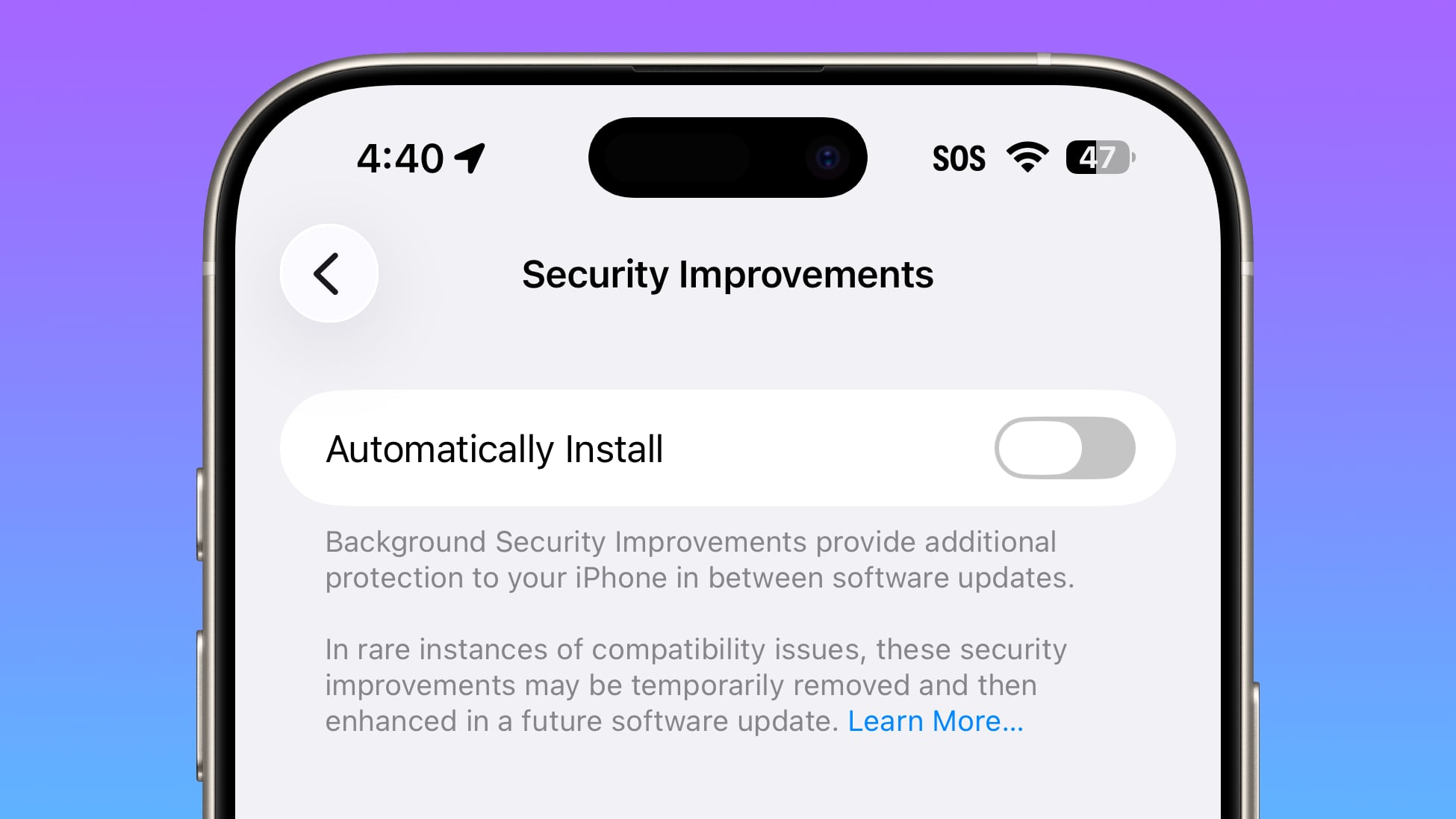
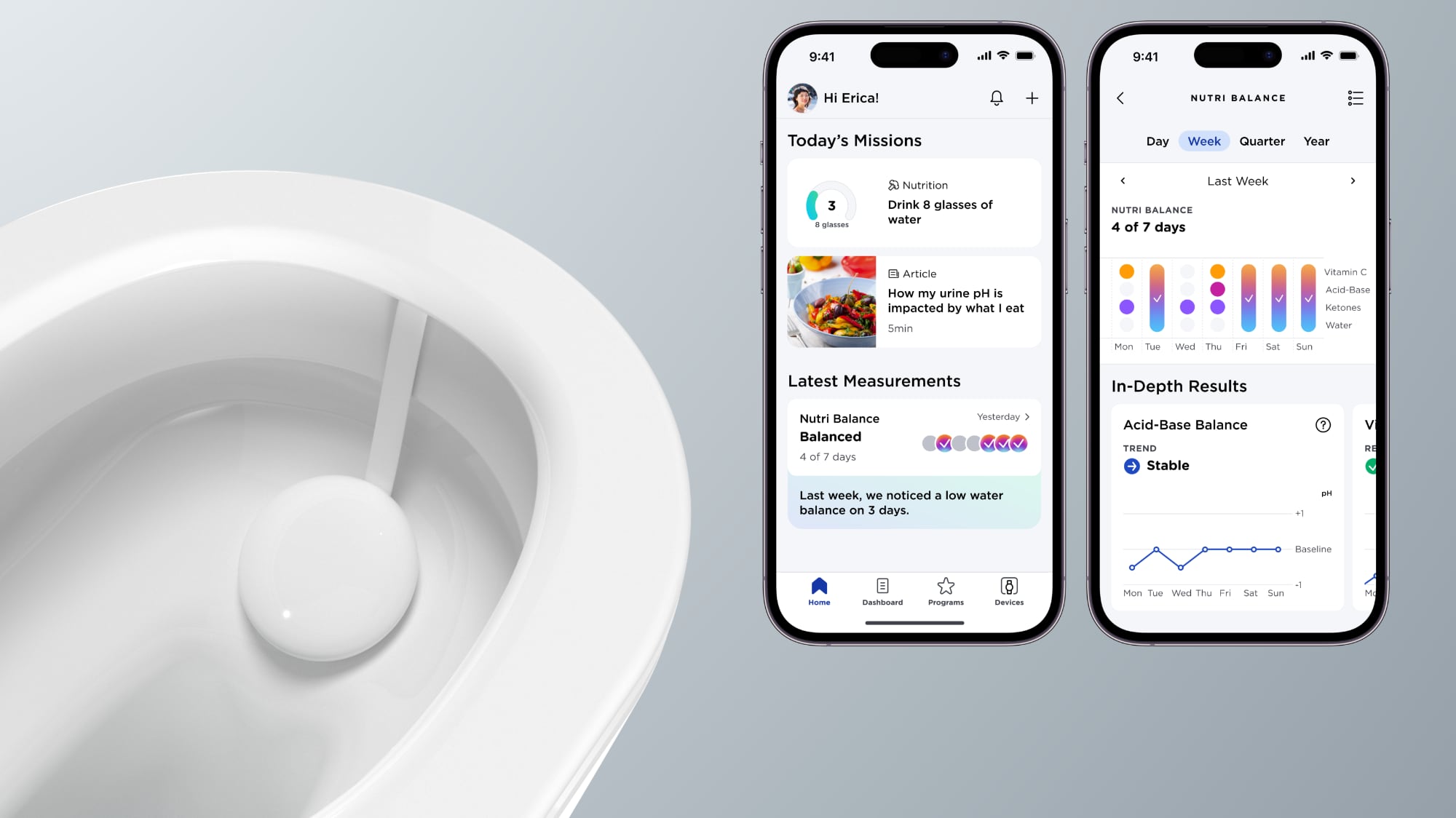
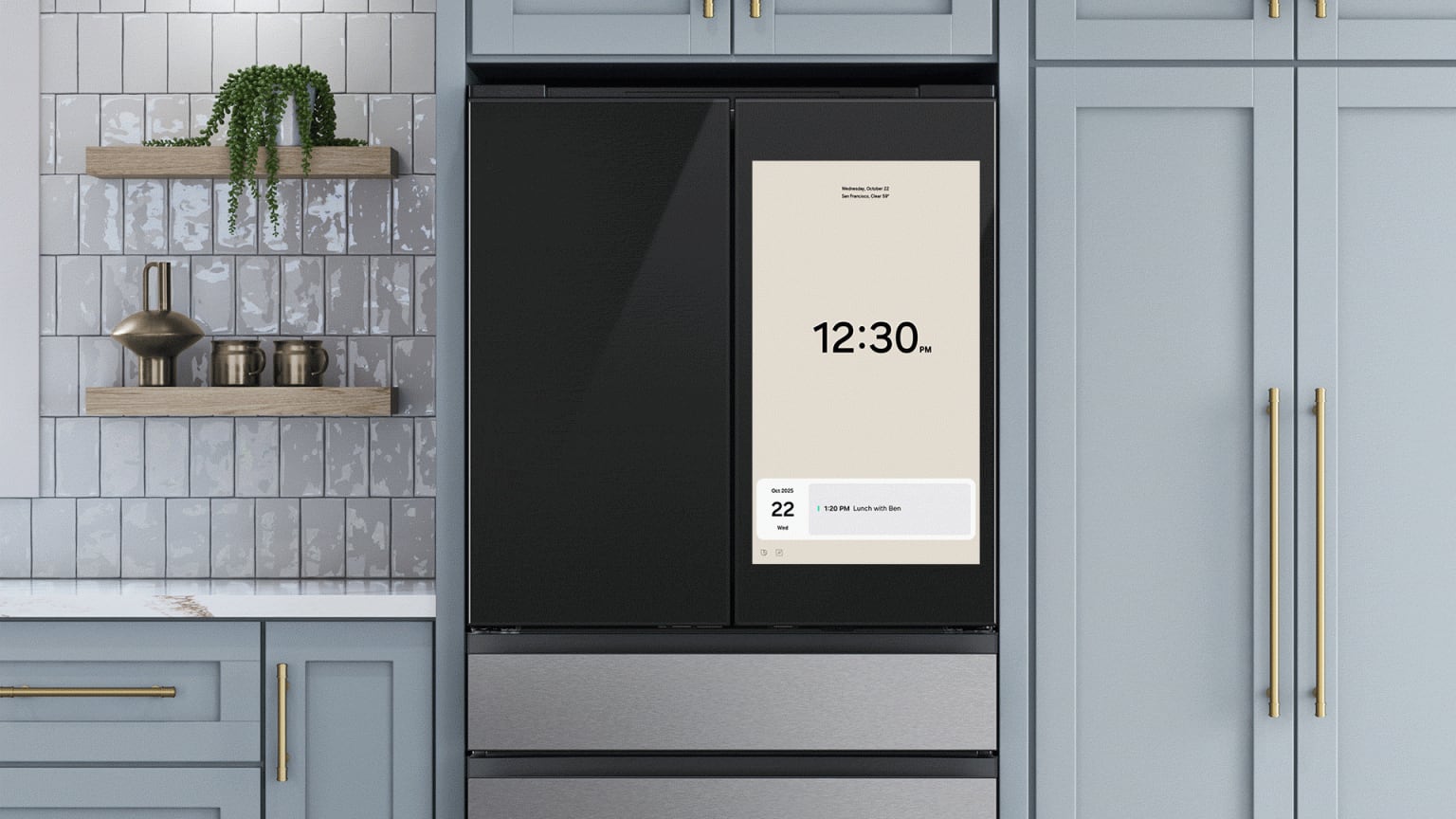
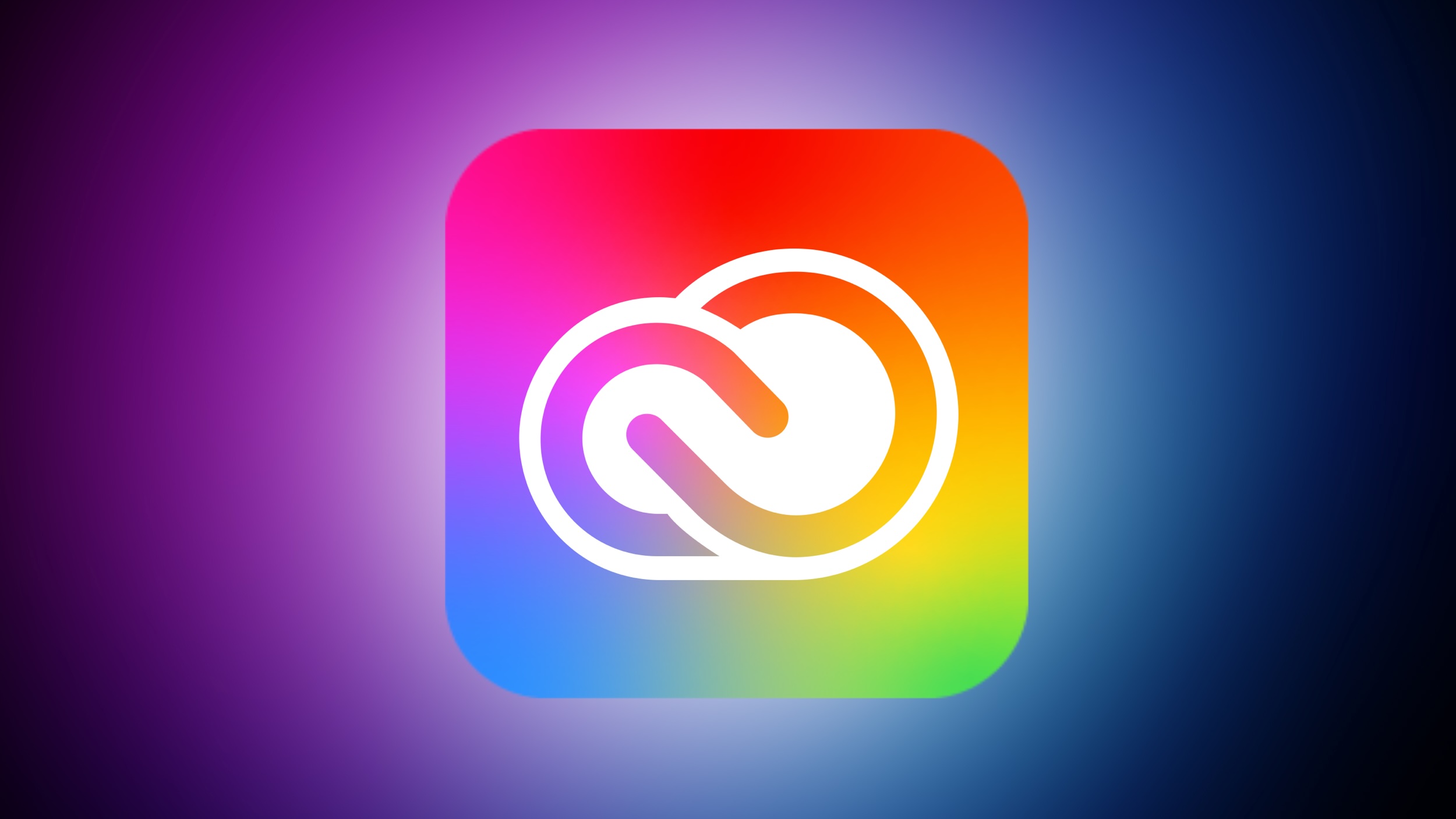
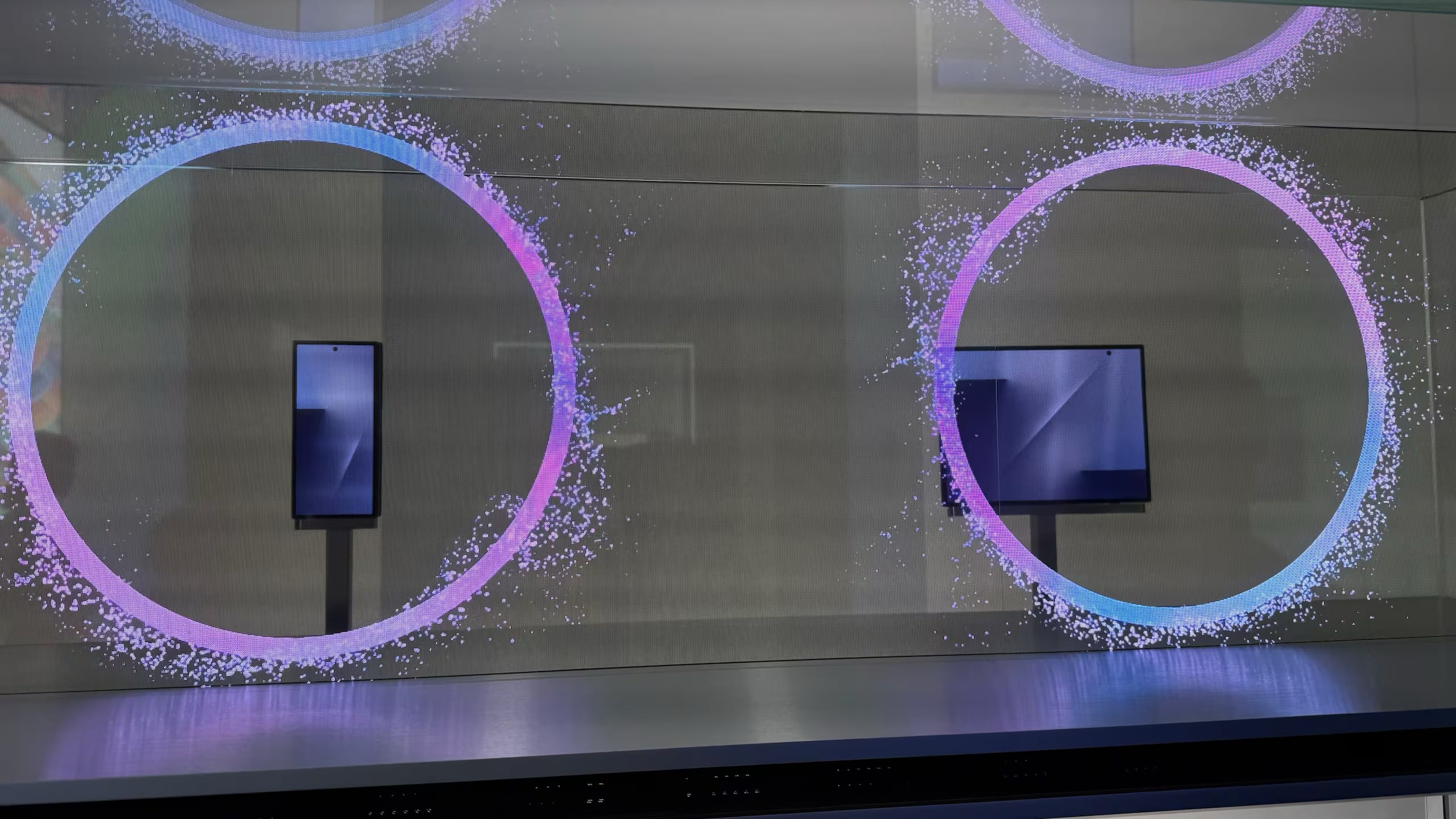 Image via The Chosun Daily
Image via The Chosun Daily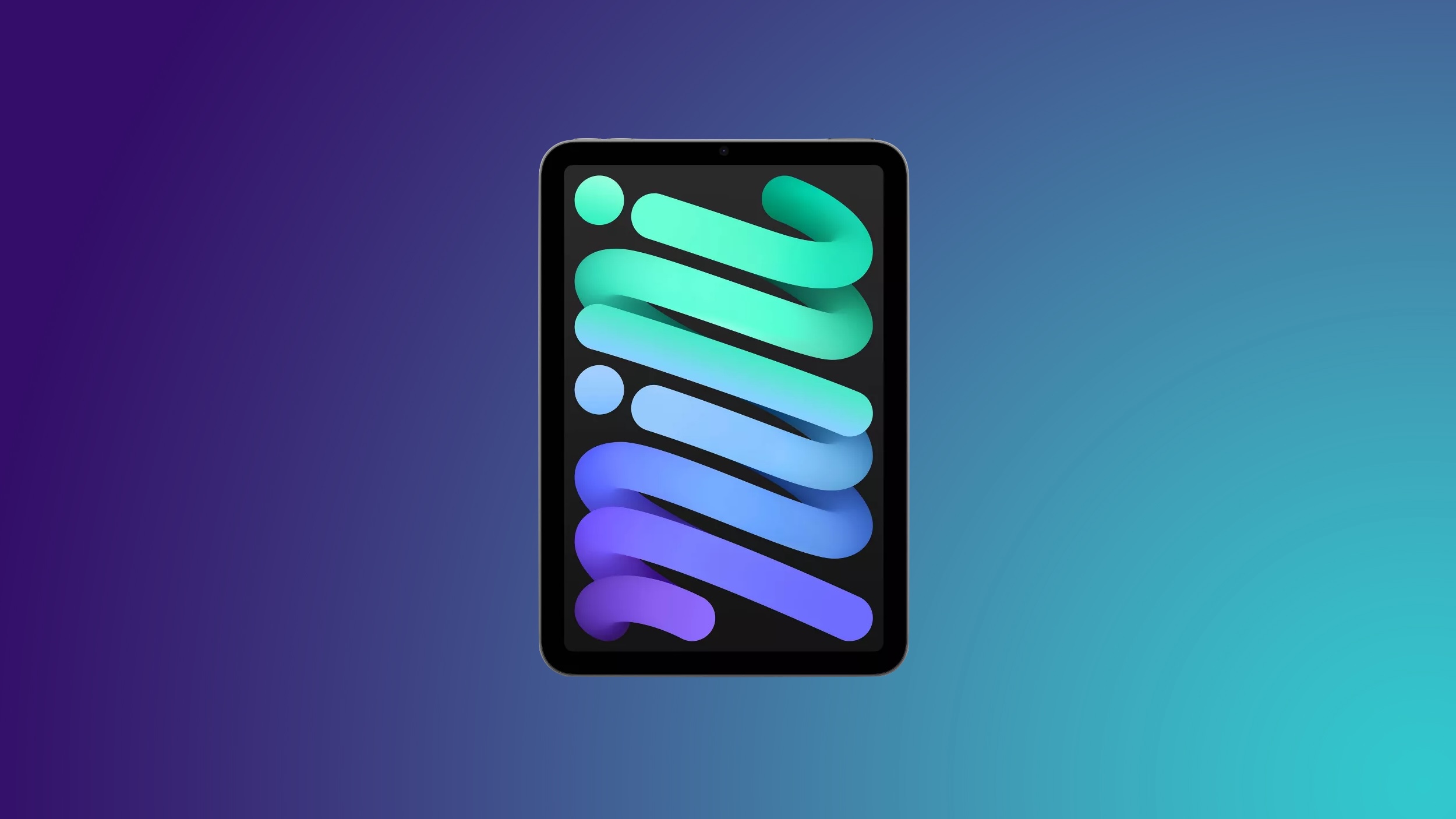
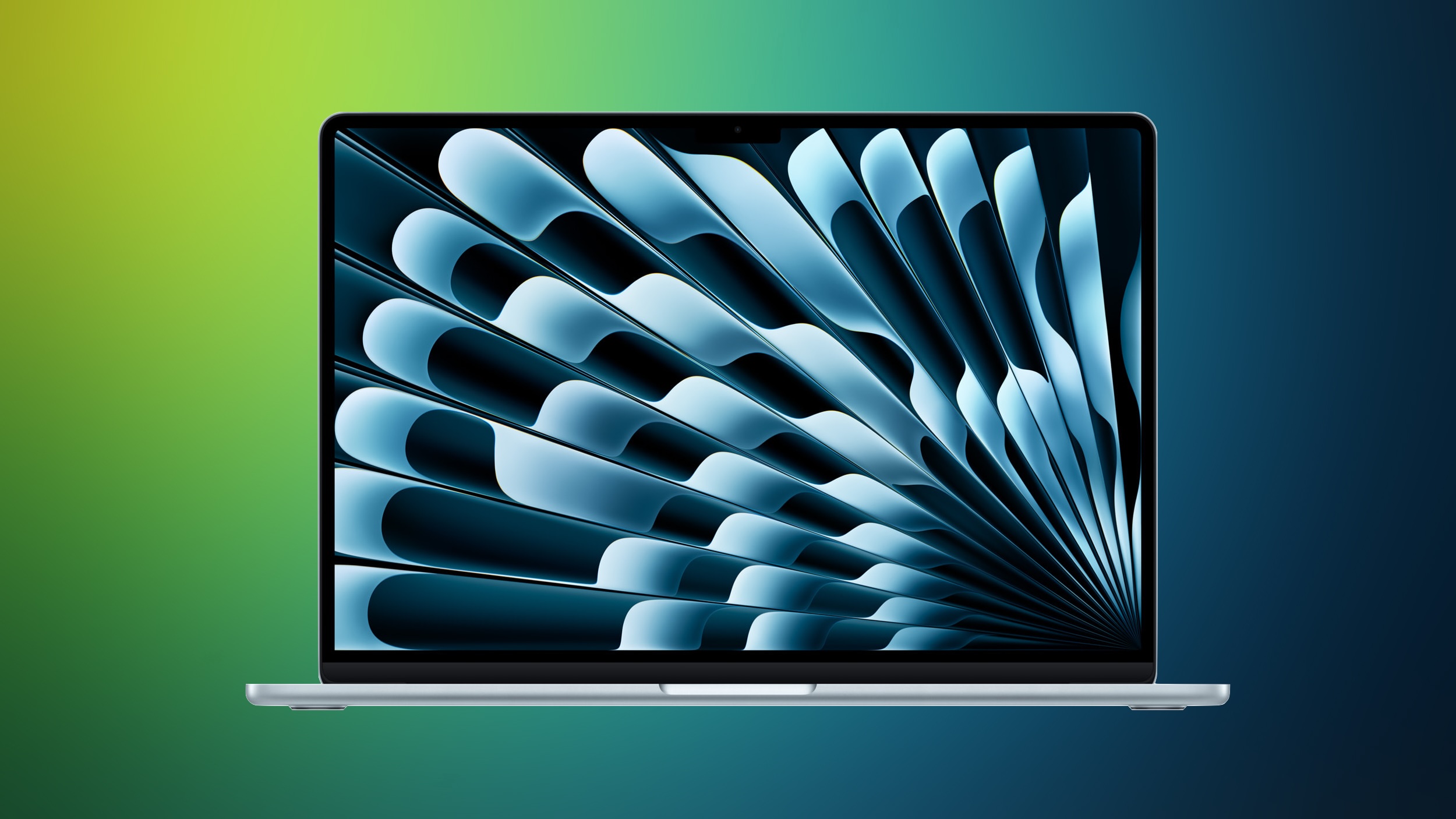


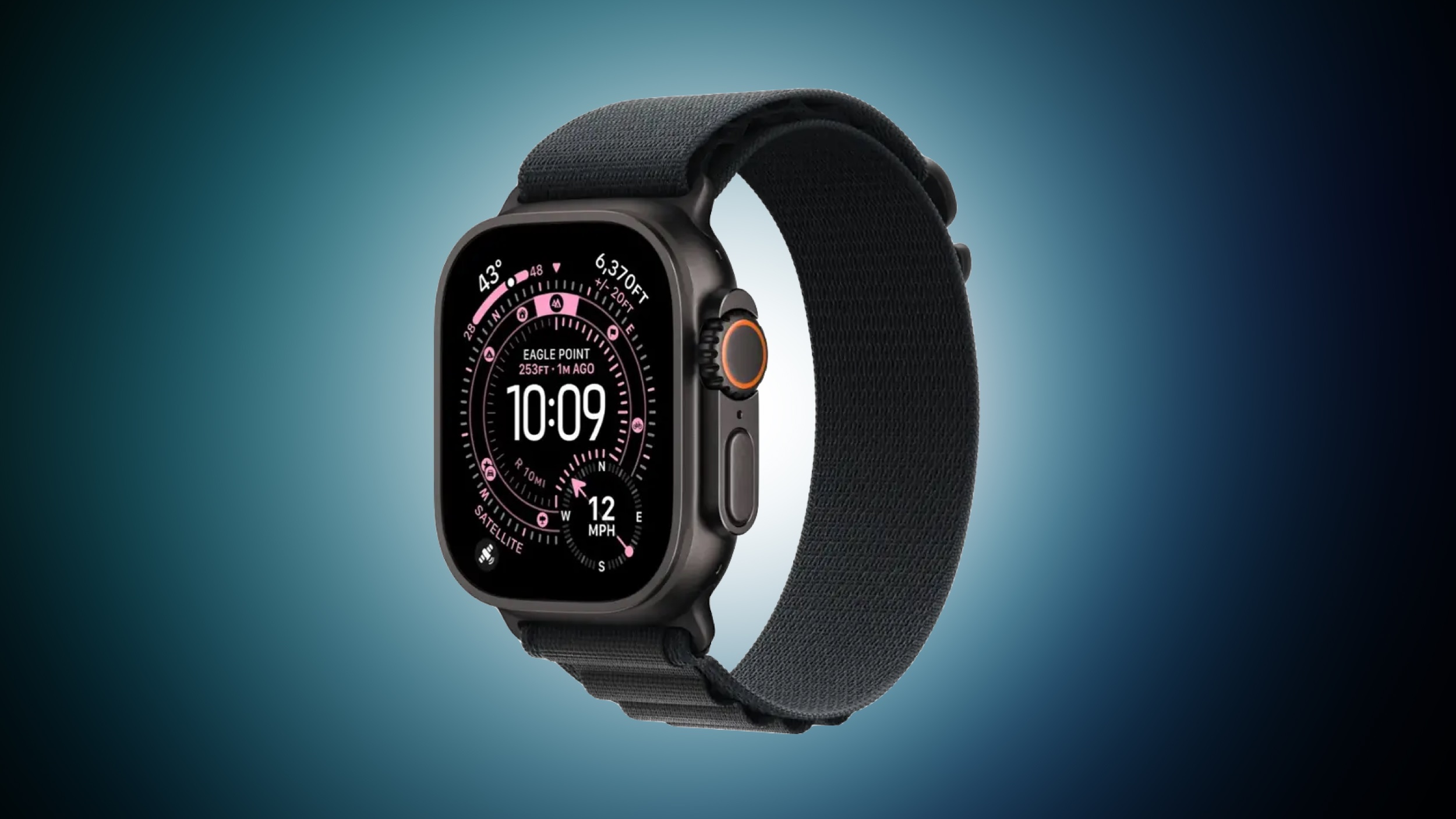
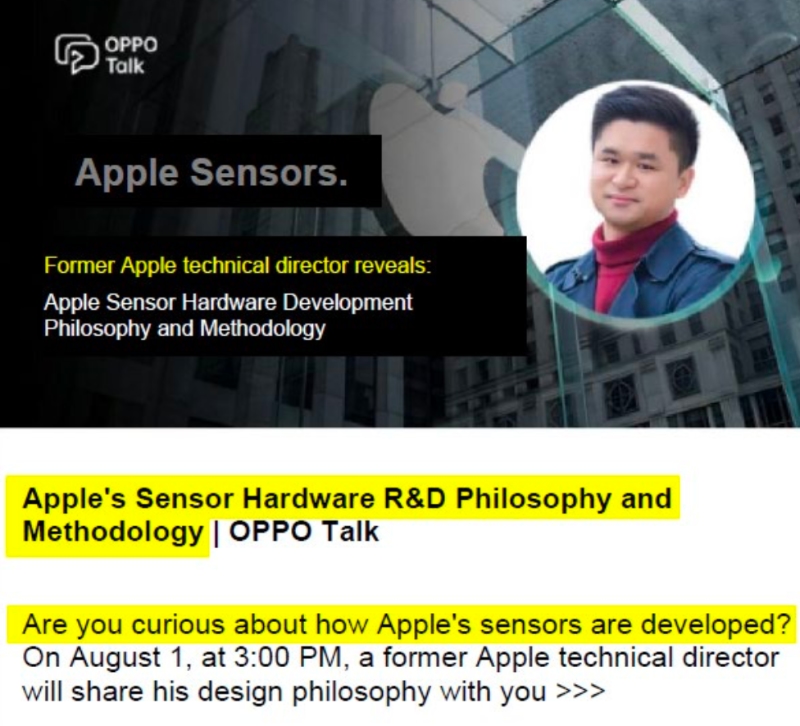
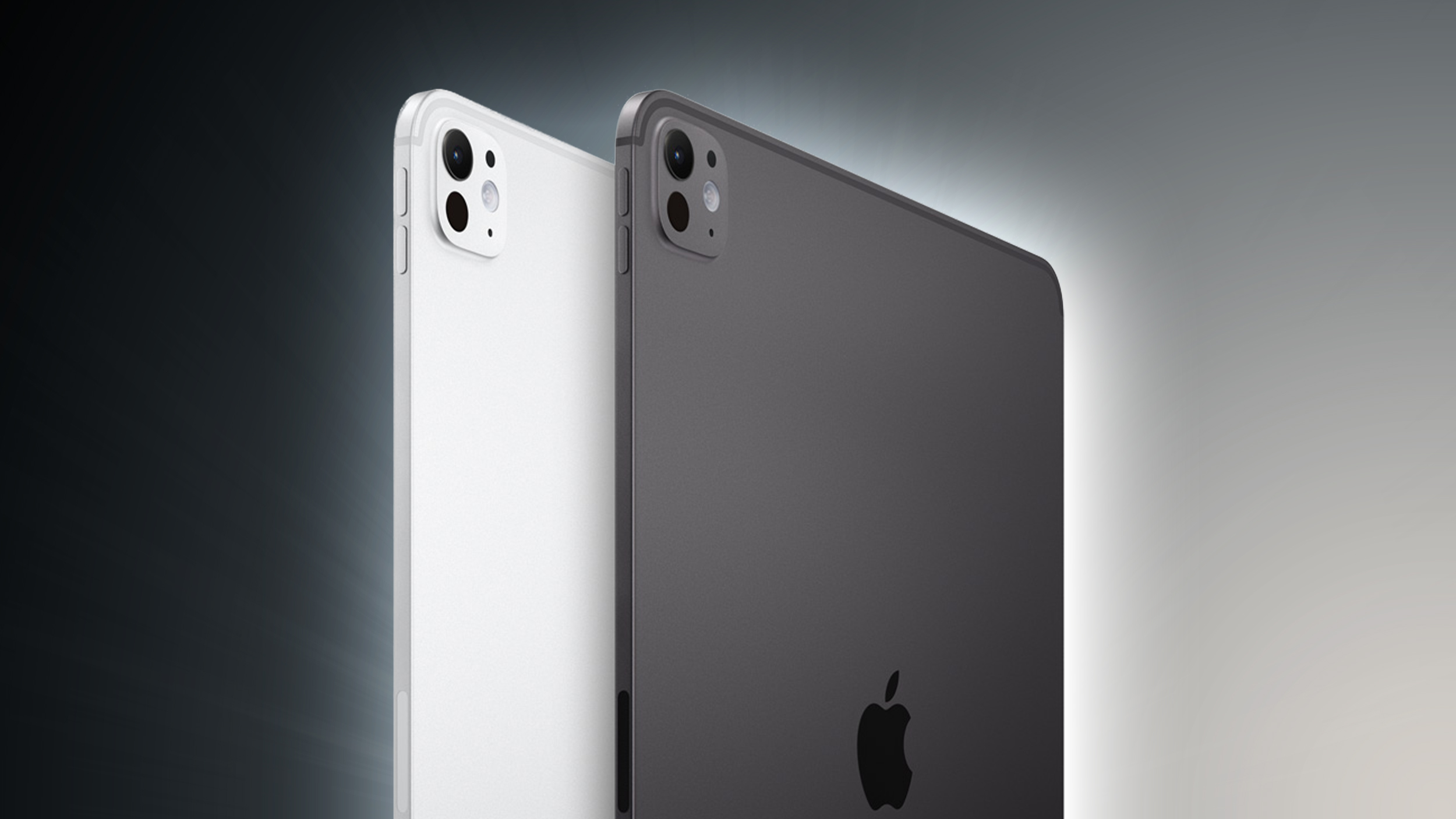

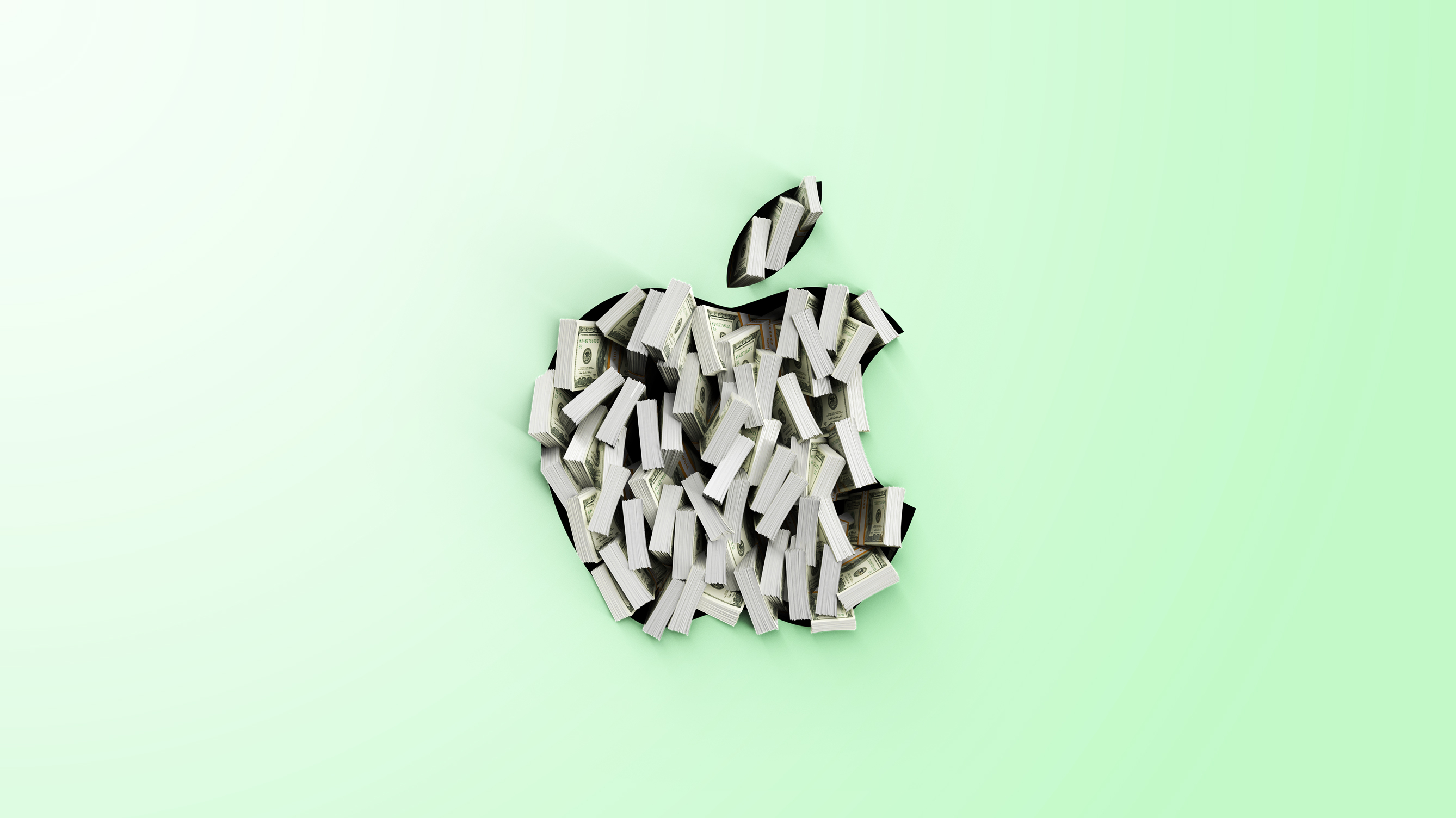
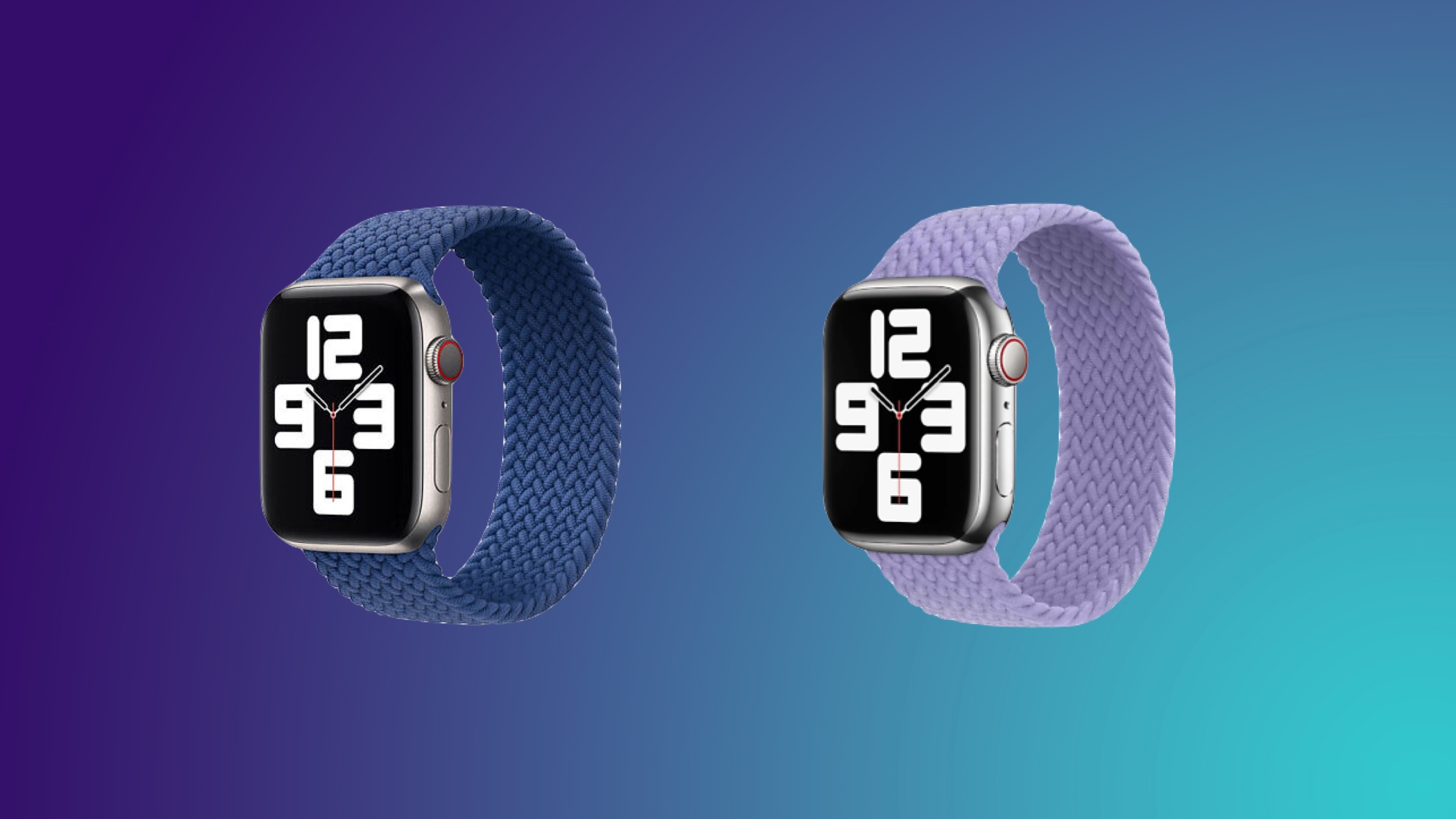 Note: MacRumors is an affiliate partner with some of these vendors. When you click a link and make a purchase, we may receive a small payment, which helps us keep the site running.
Note: MacRumors is an affiliate partner with some of these vendors. When you click a link and make a purchase, we may receive a small payment, which helps us keep the site running.